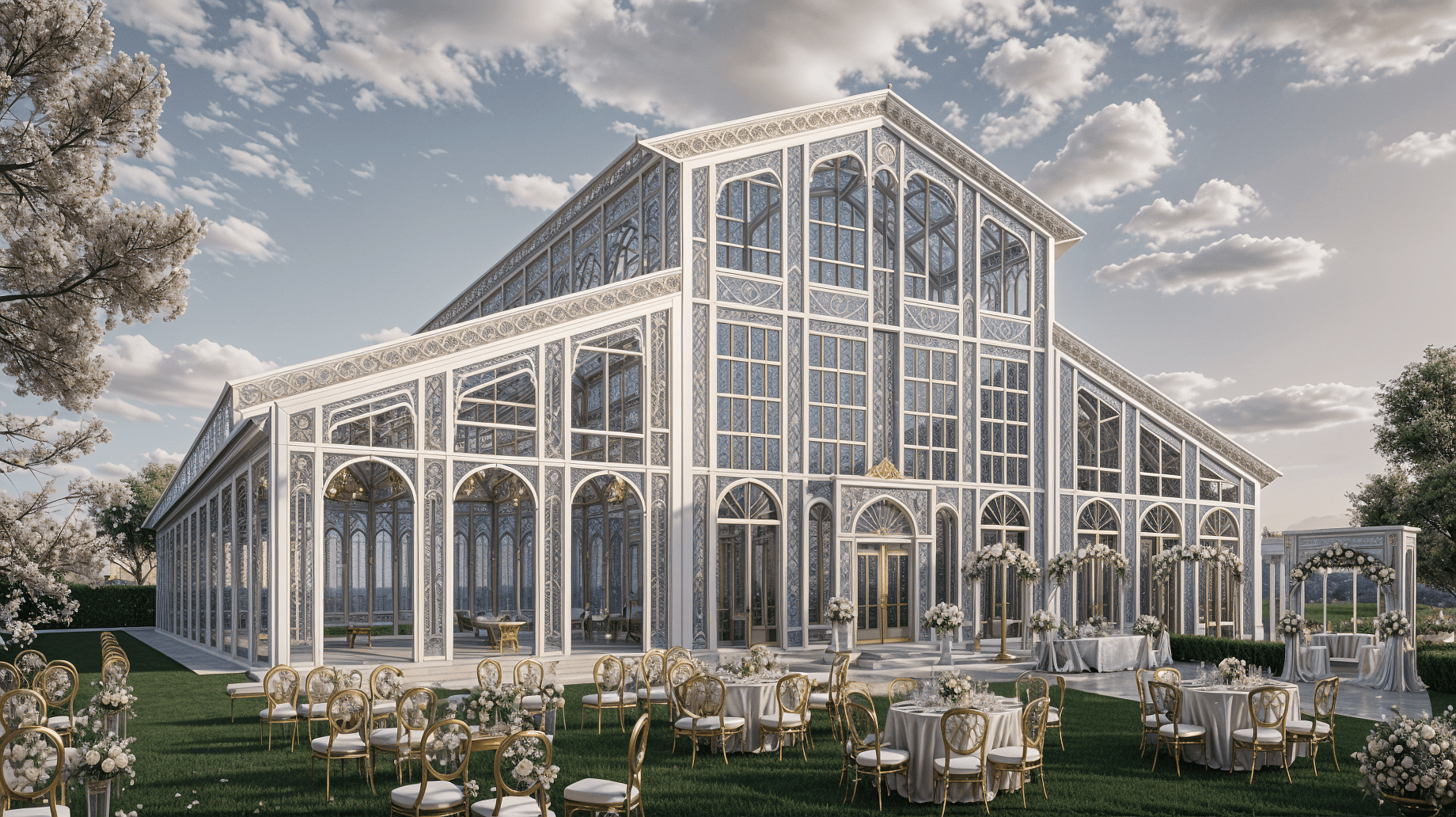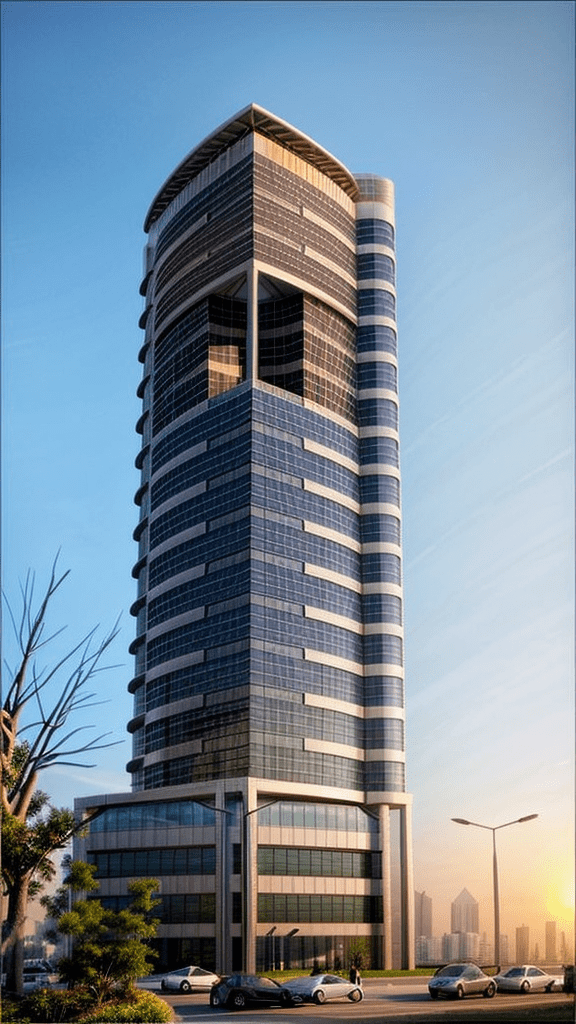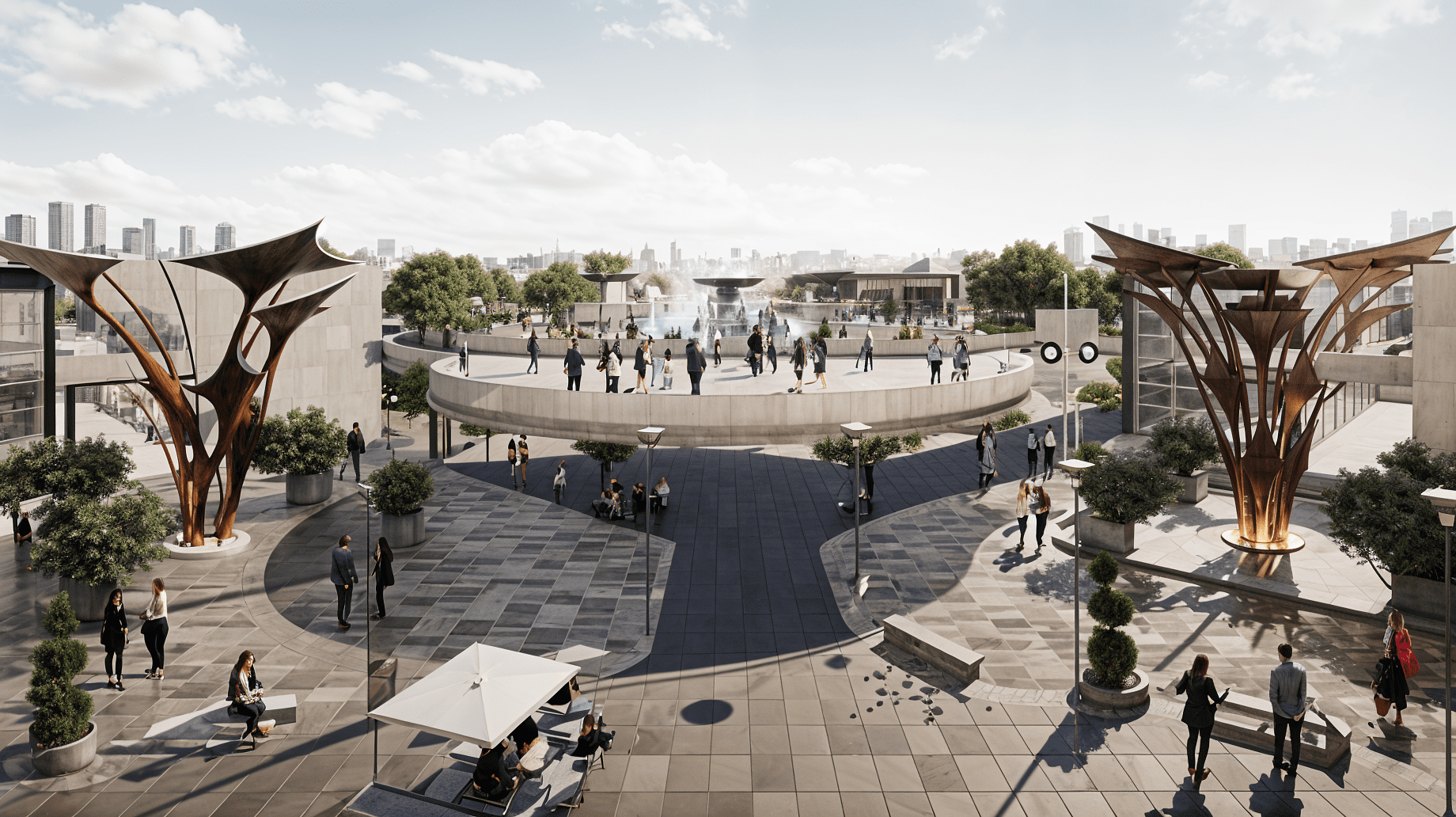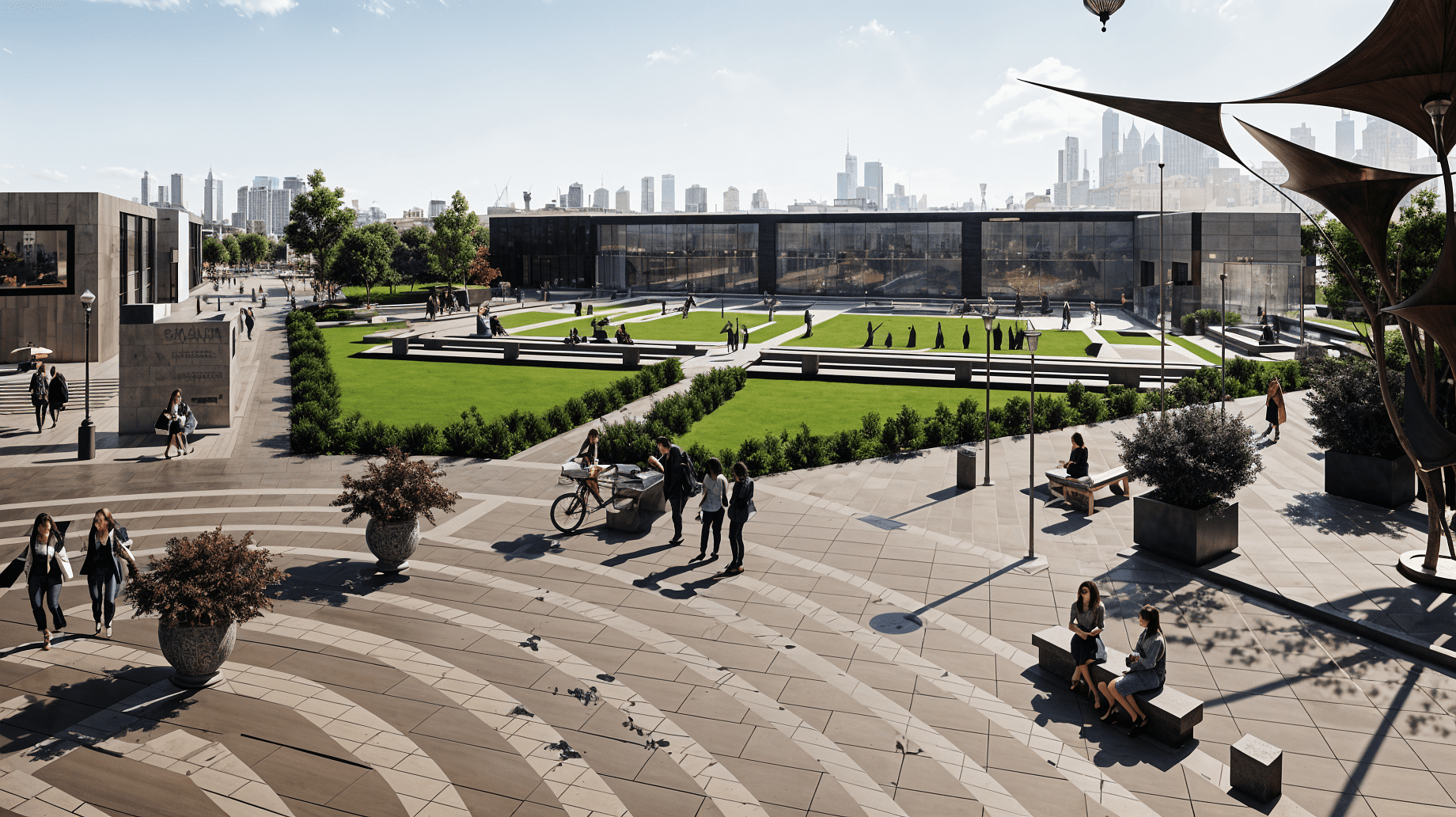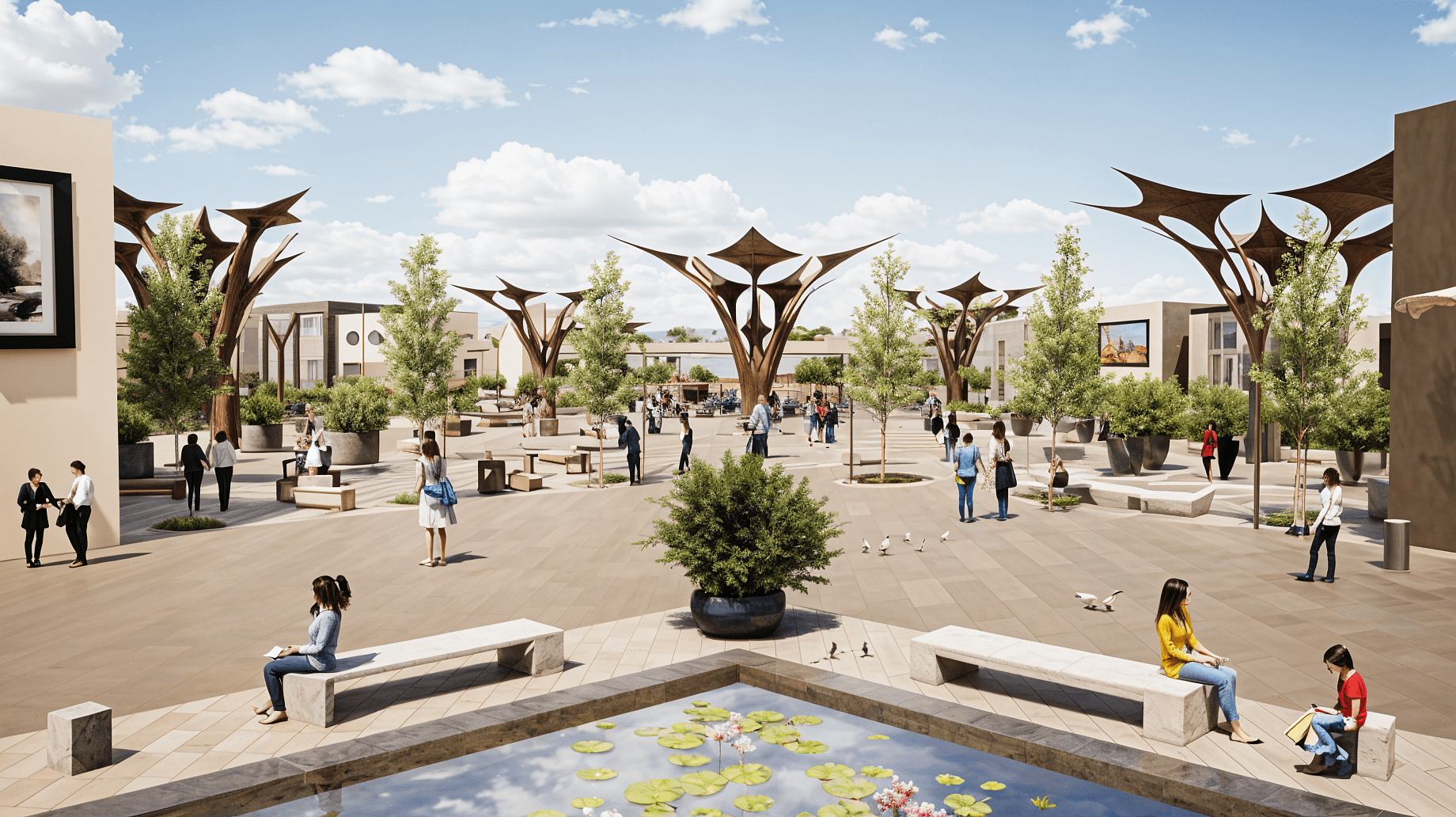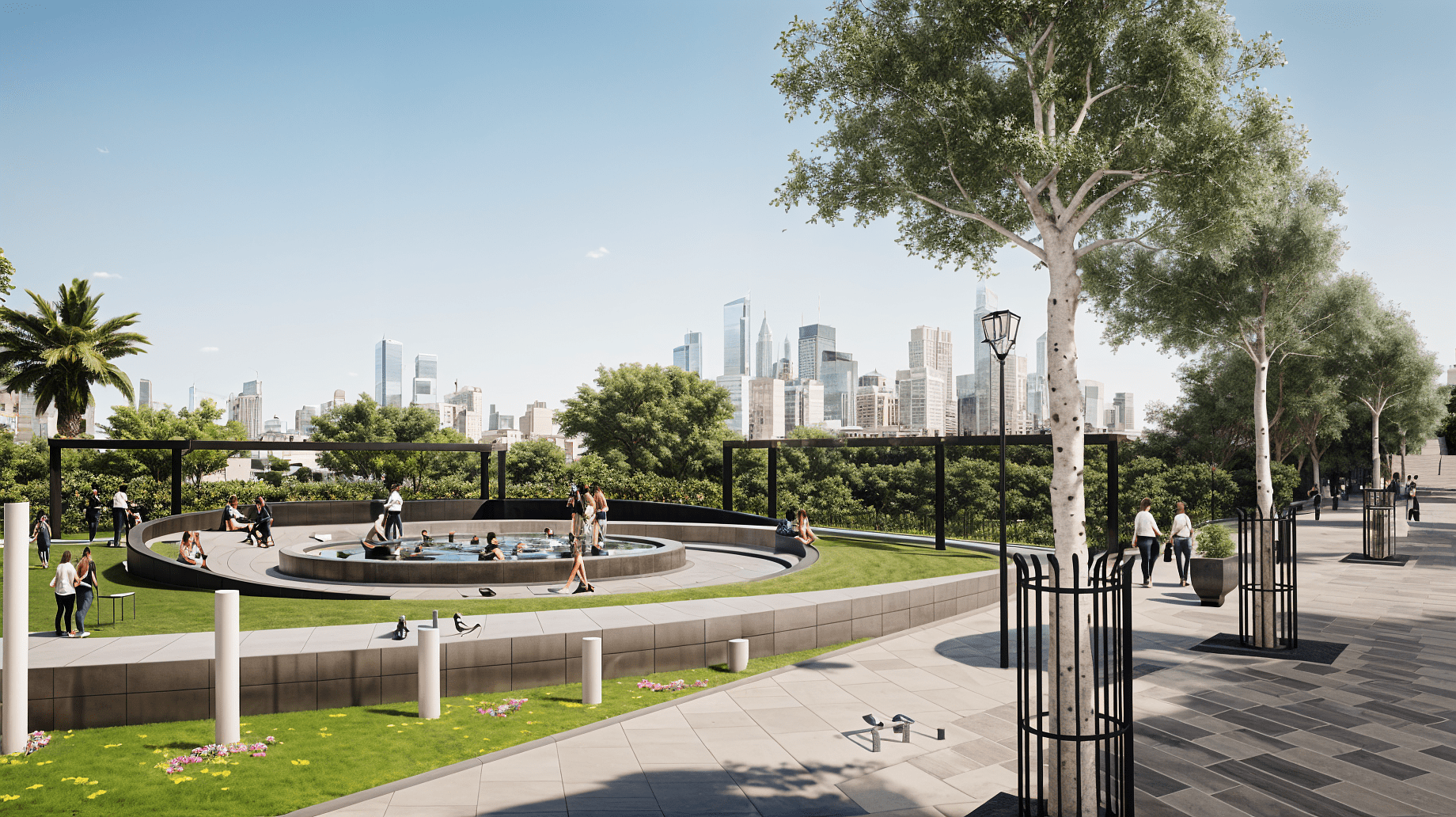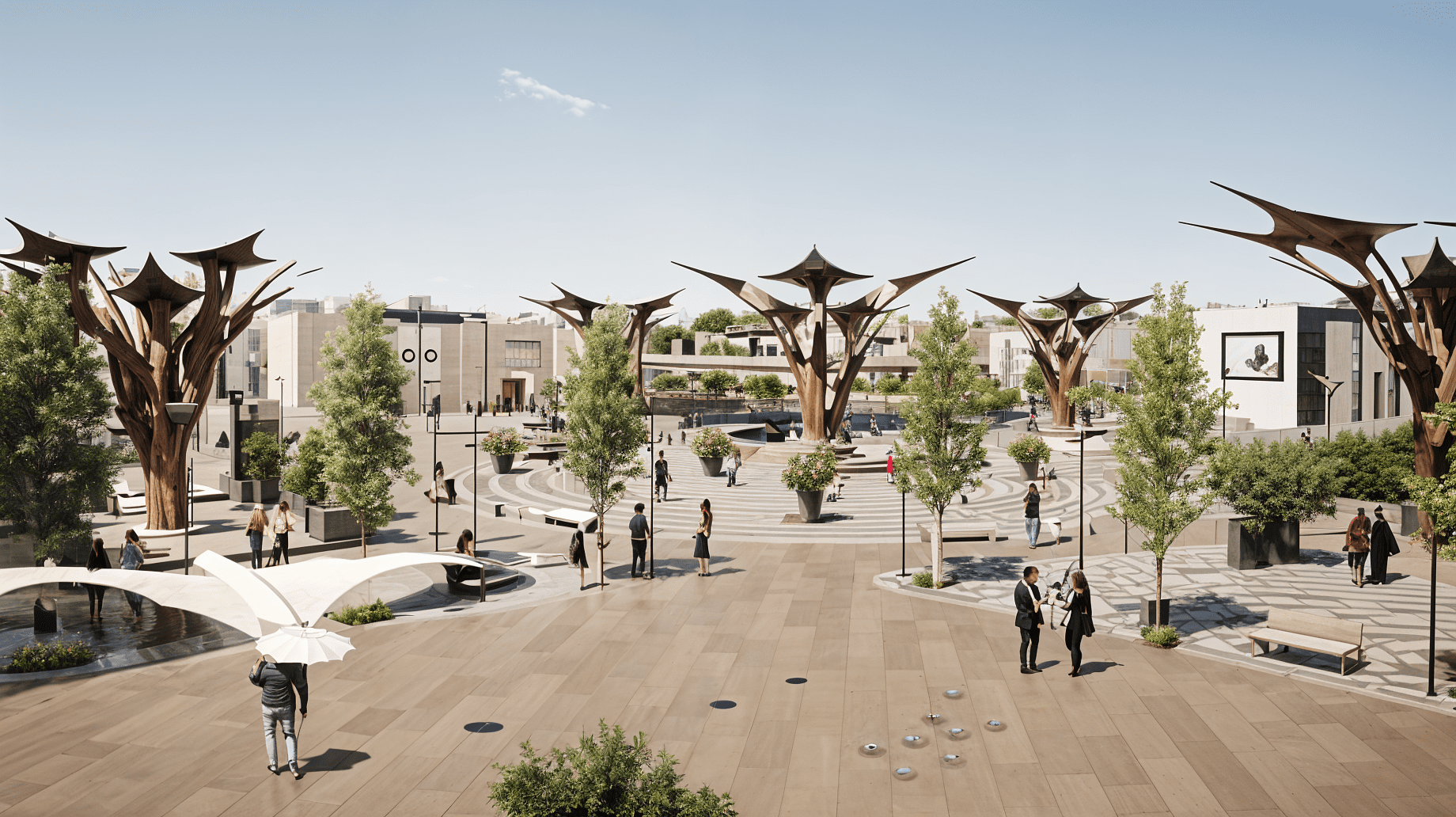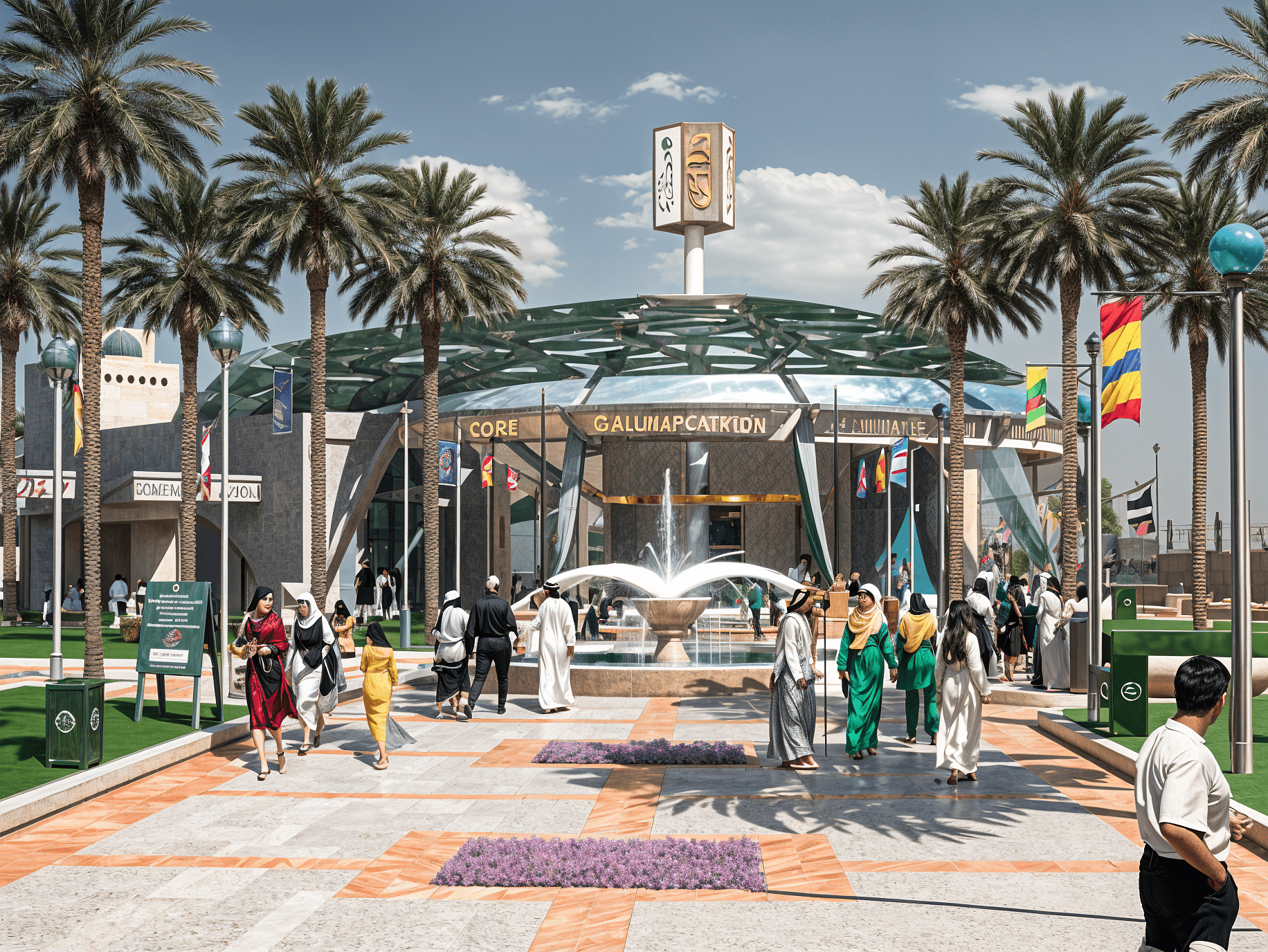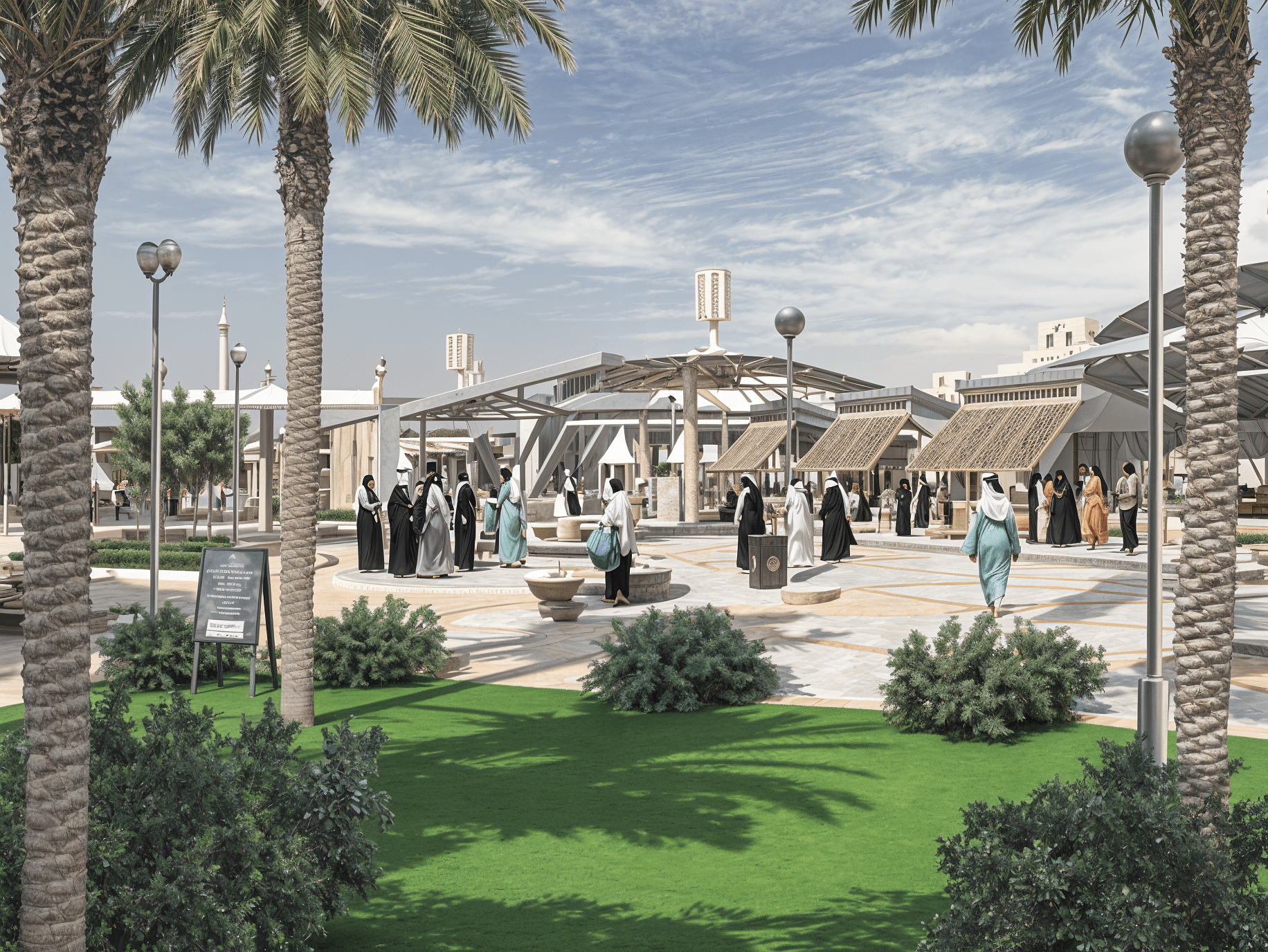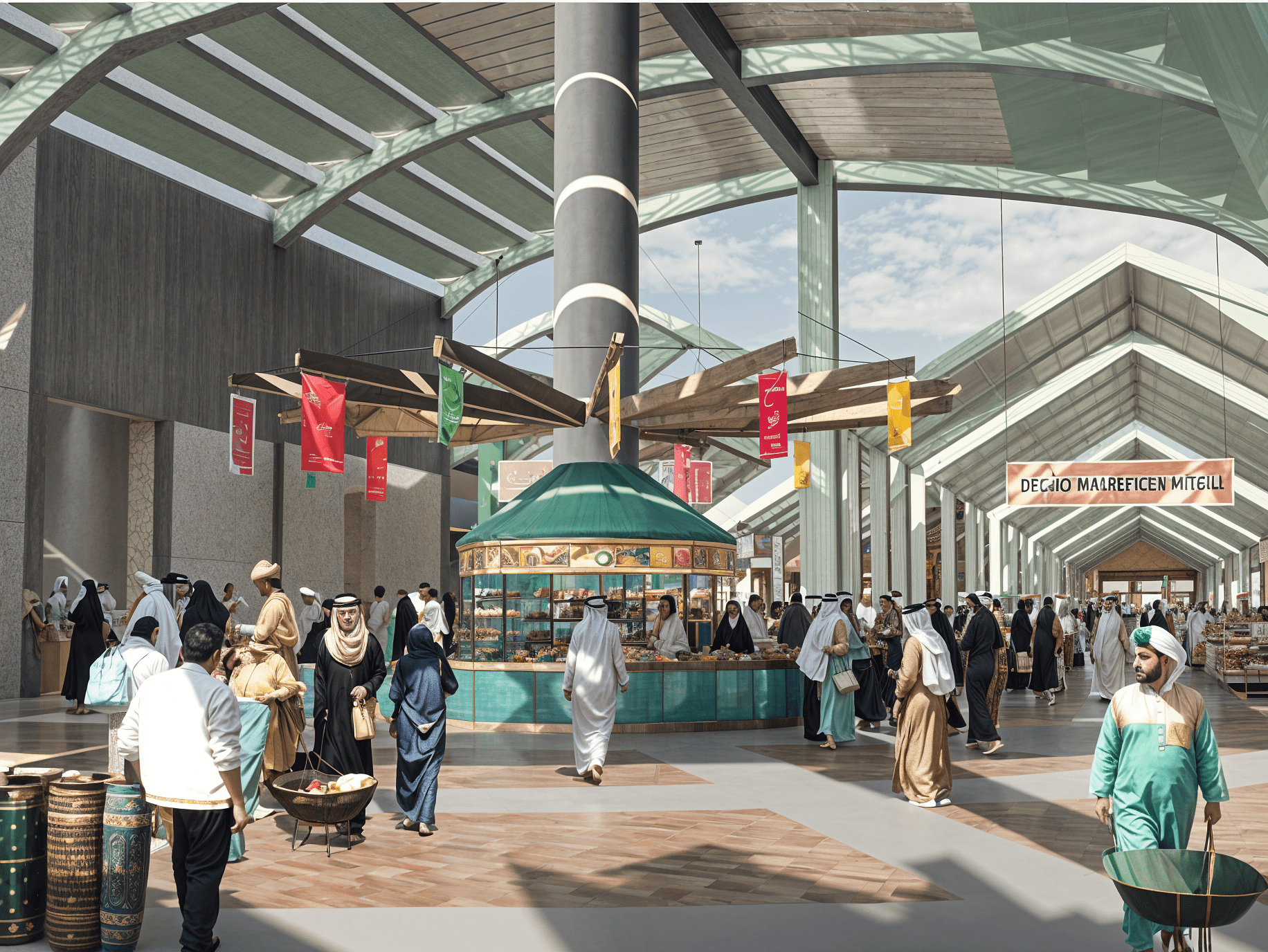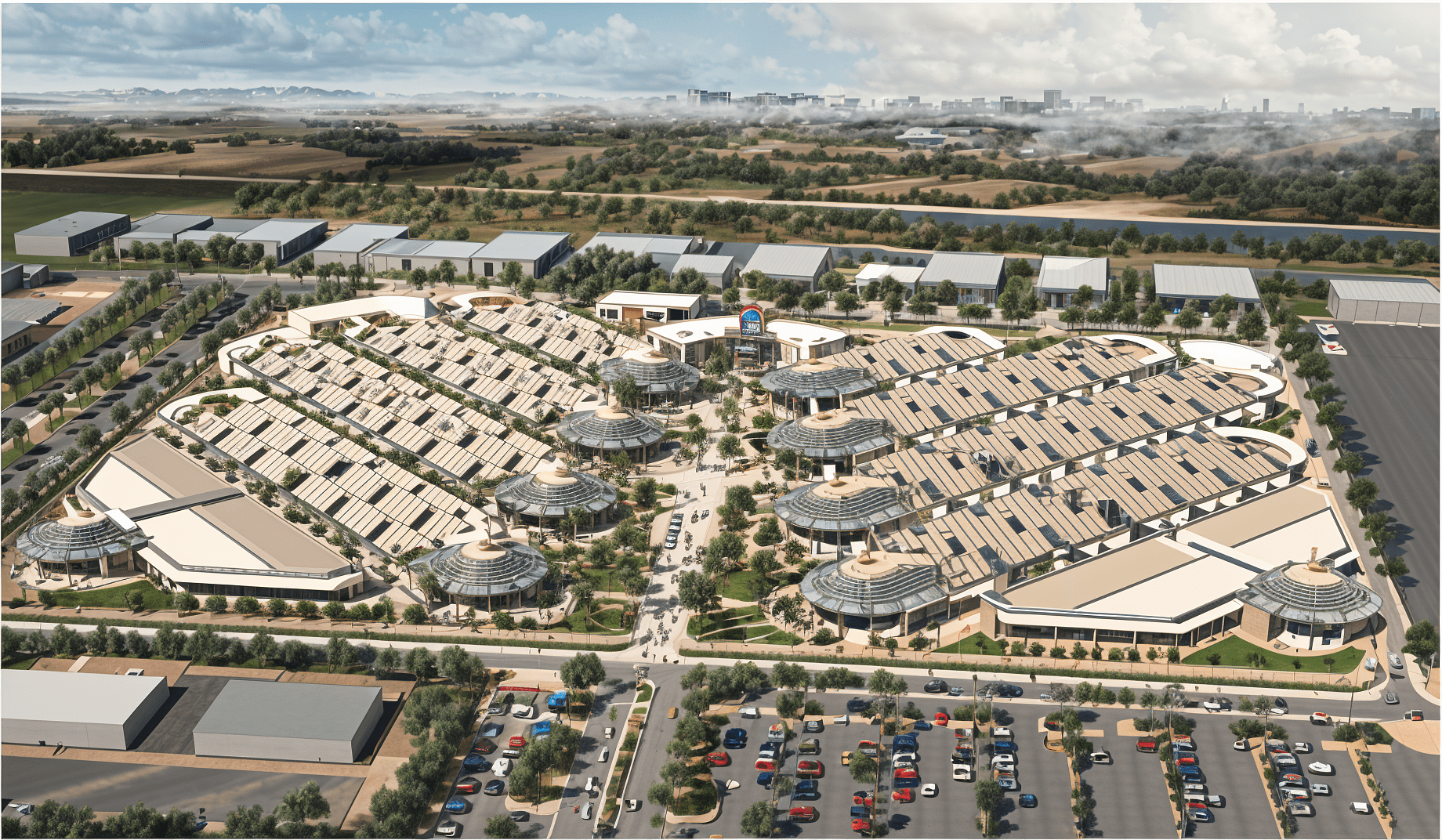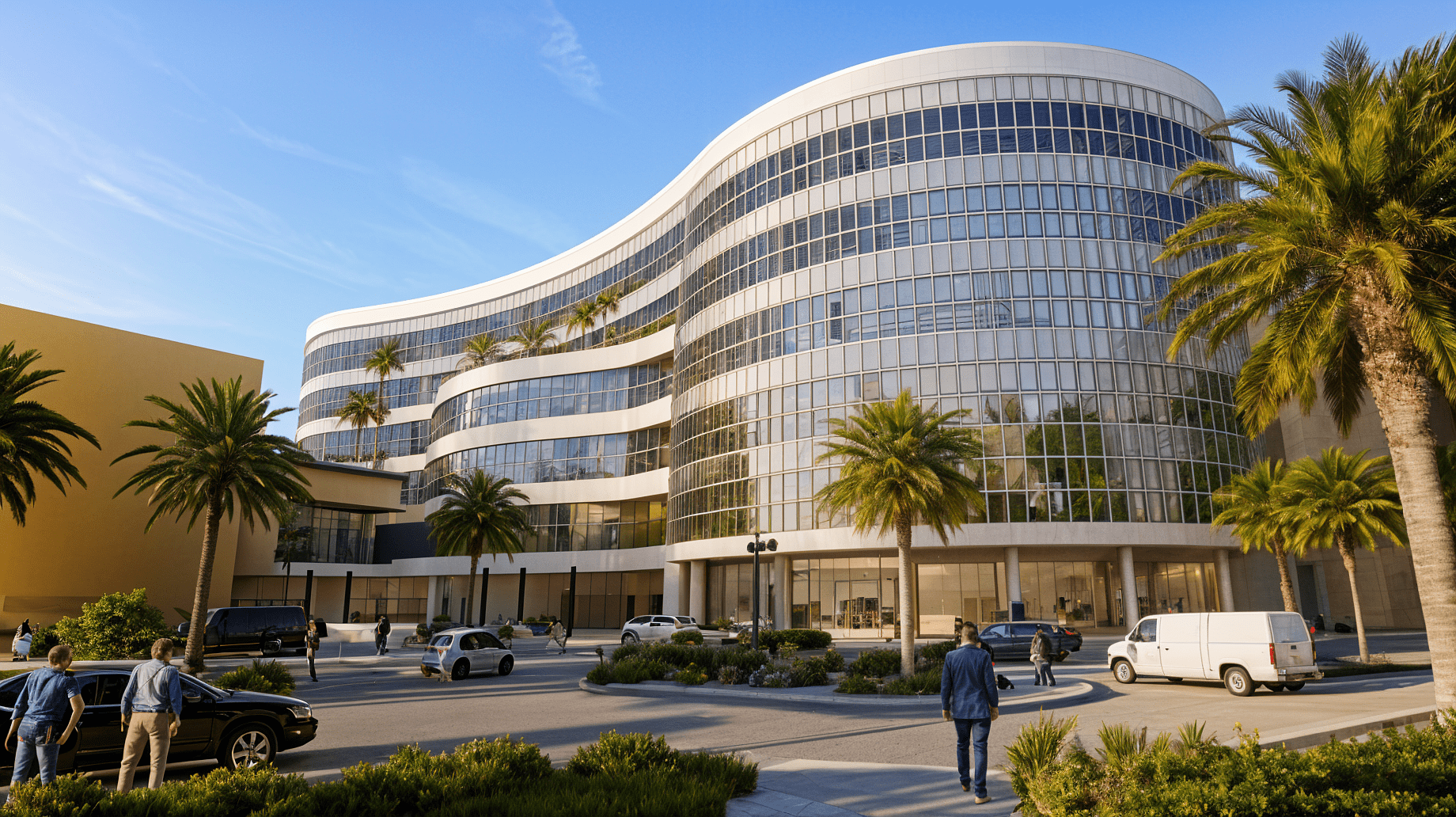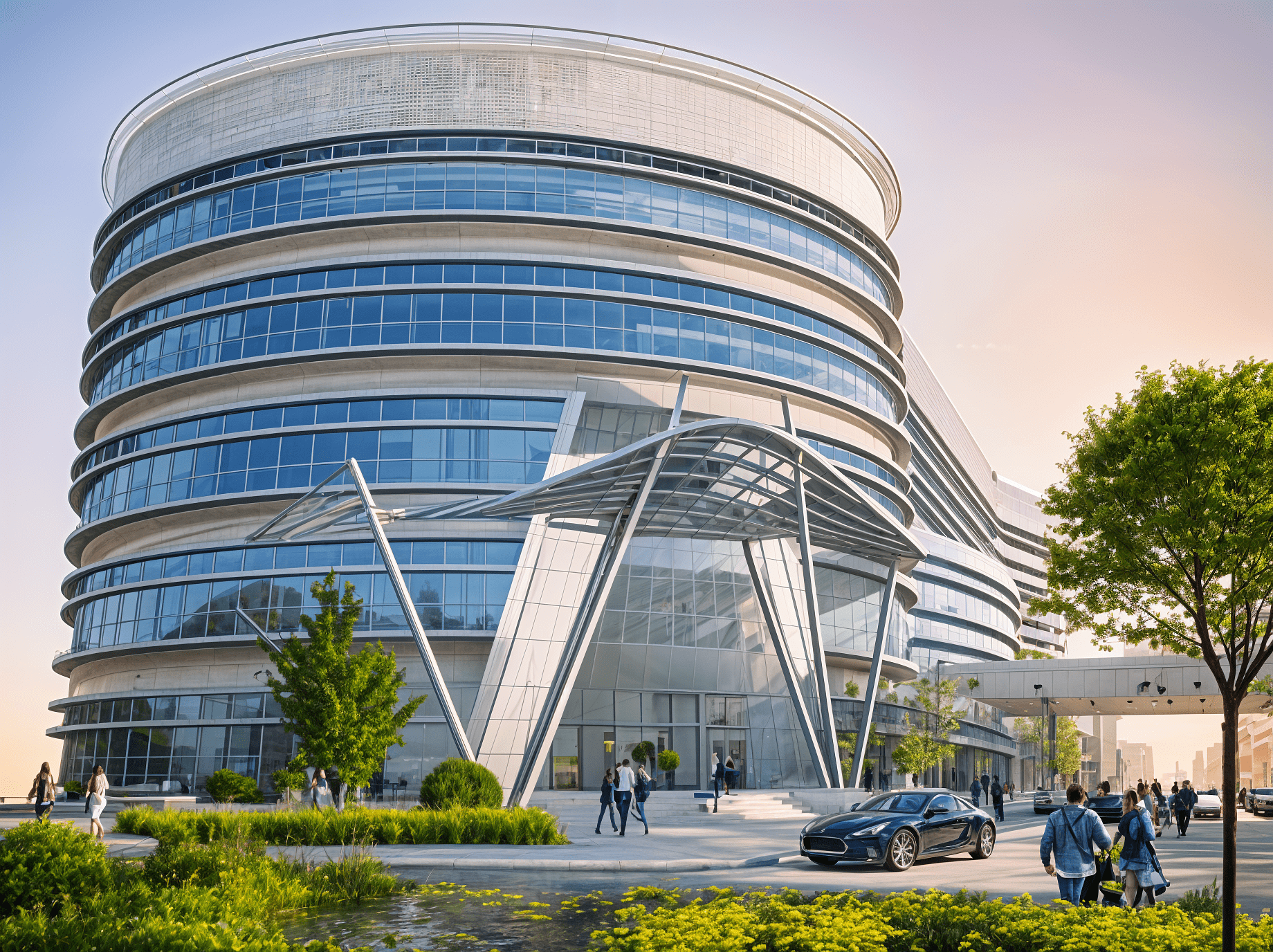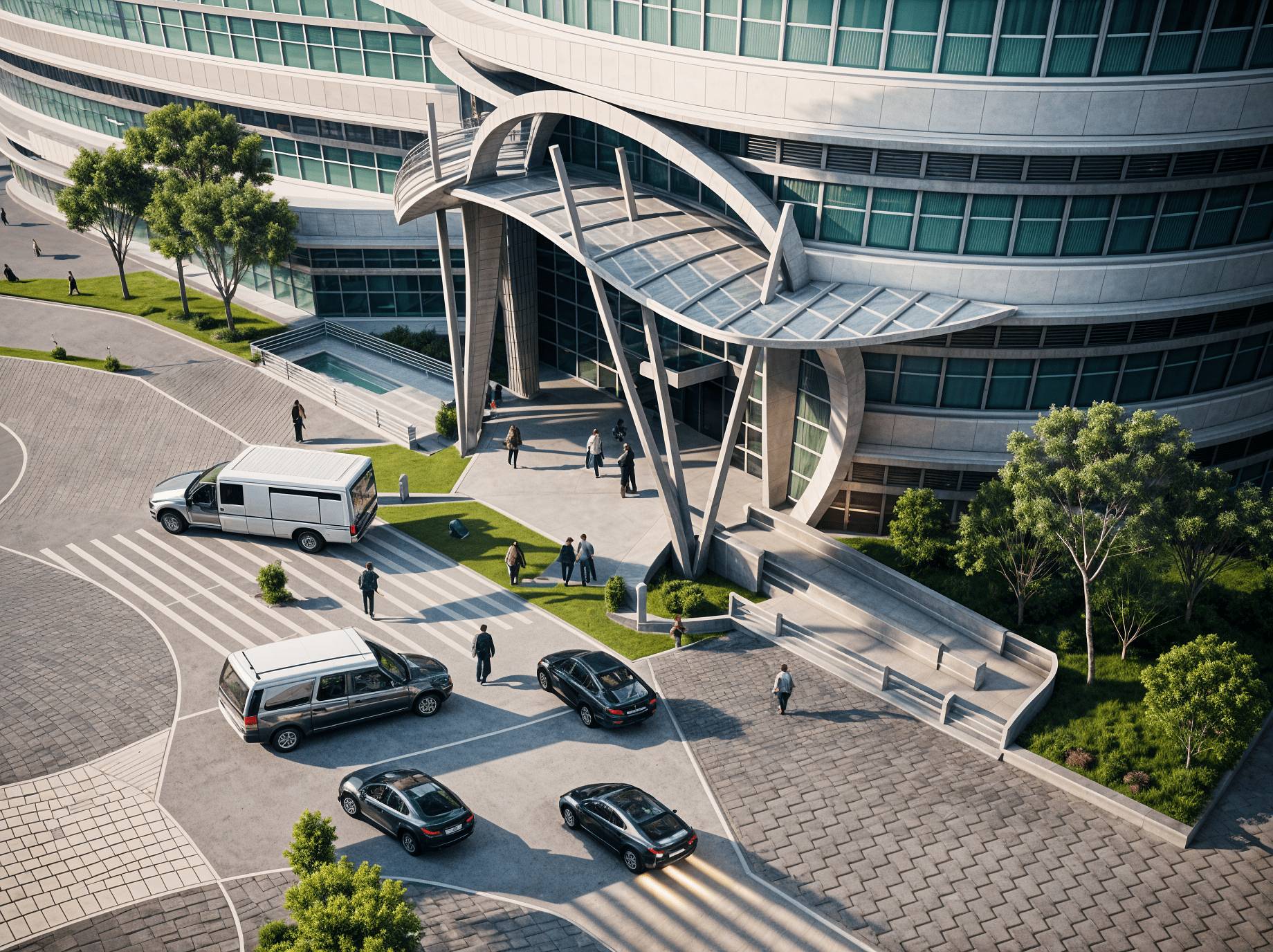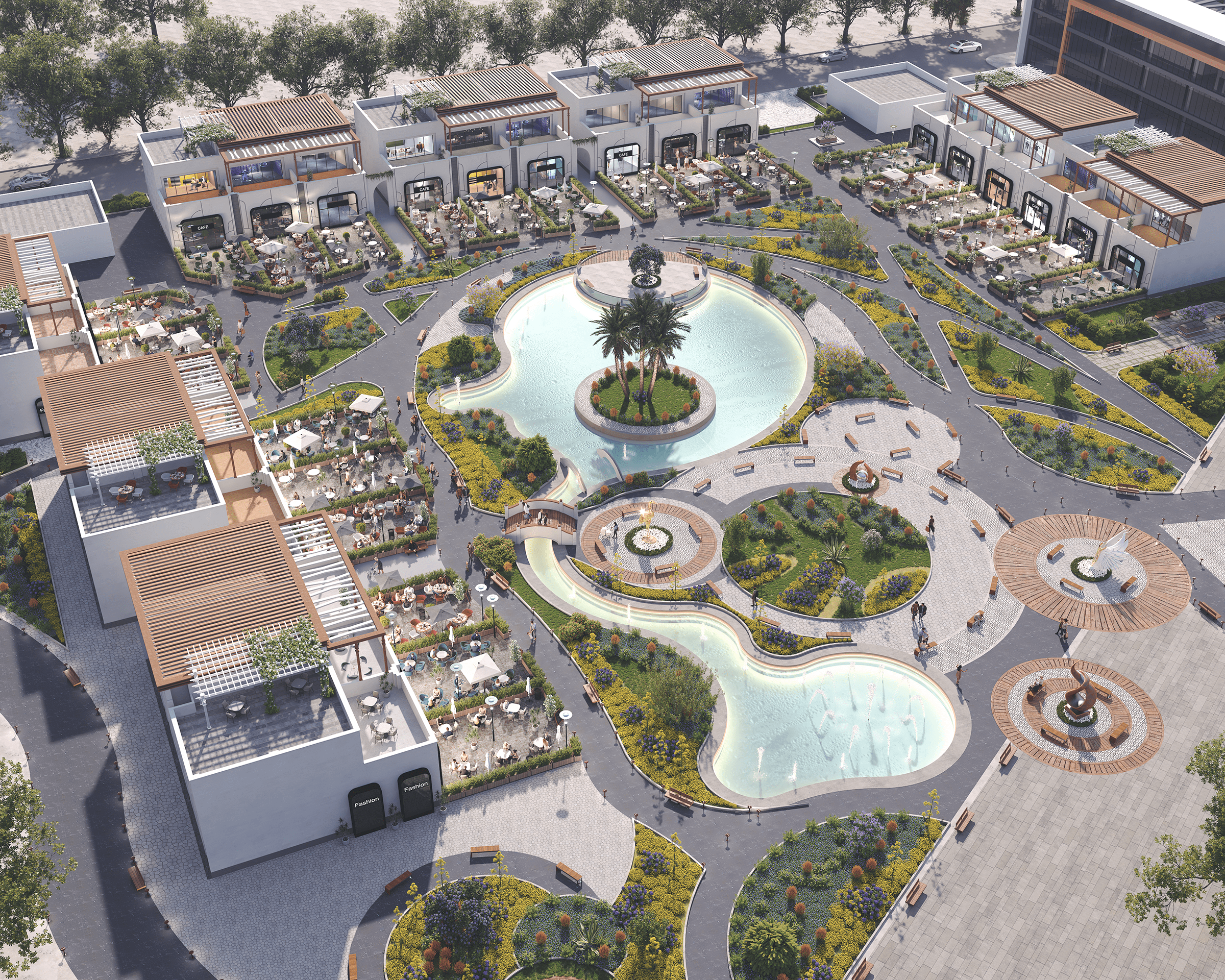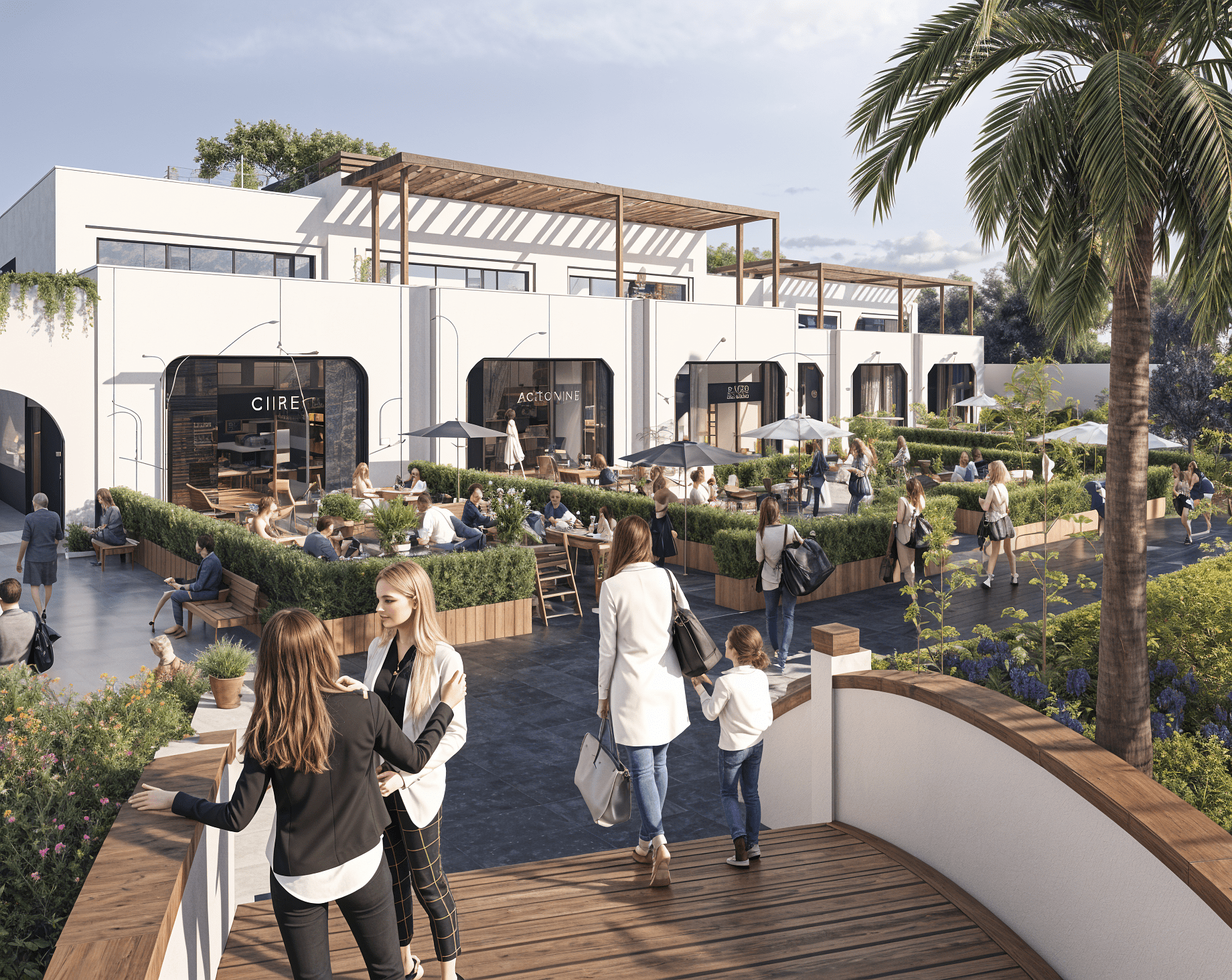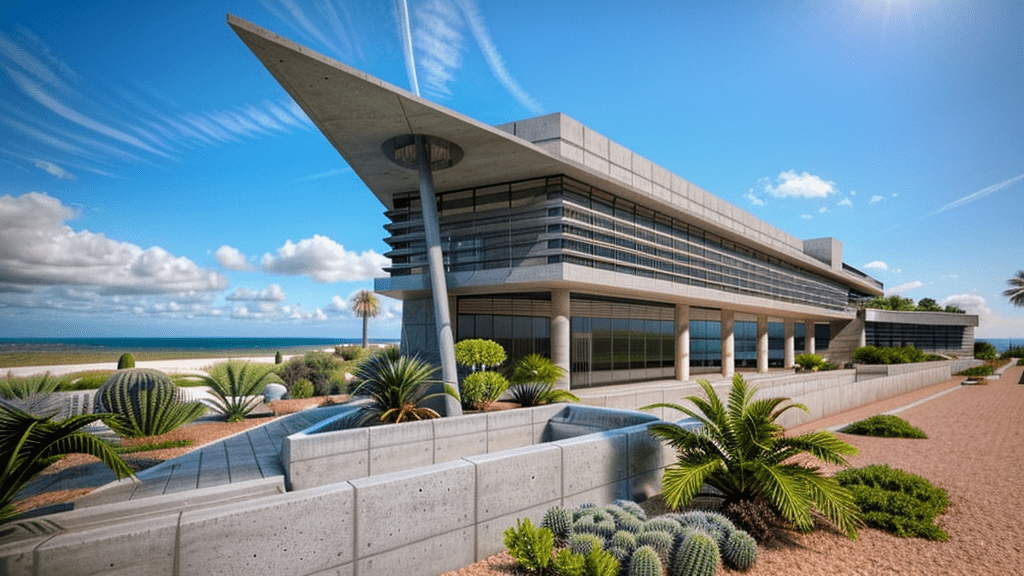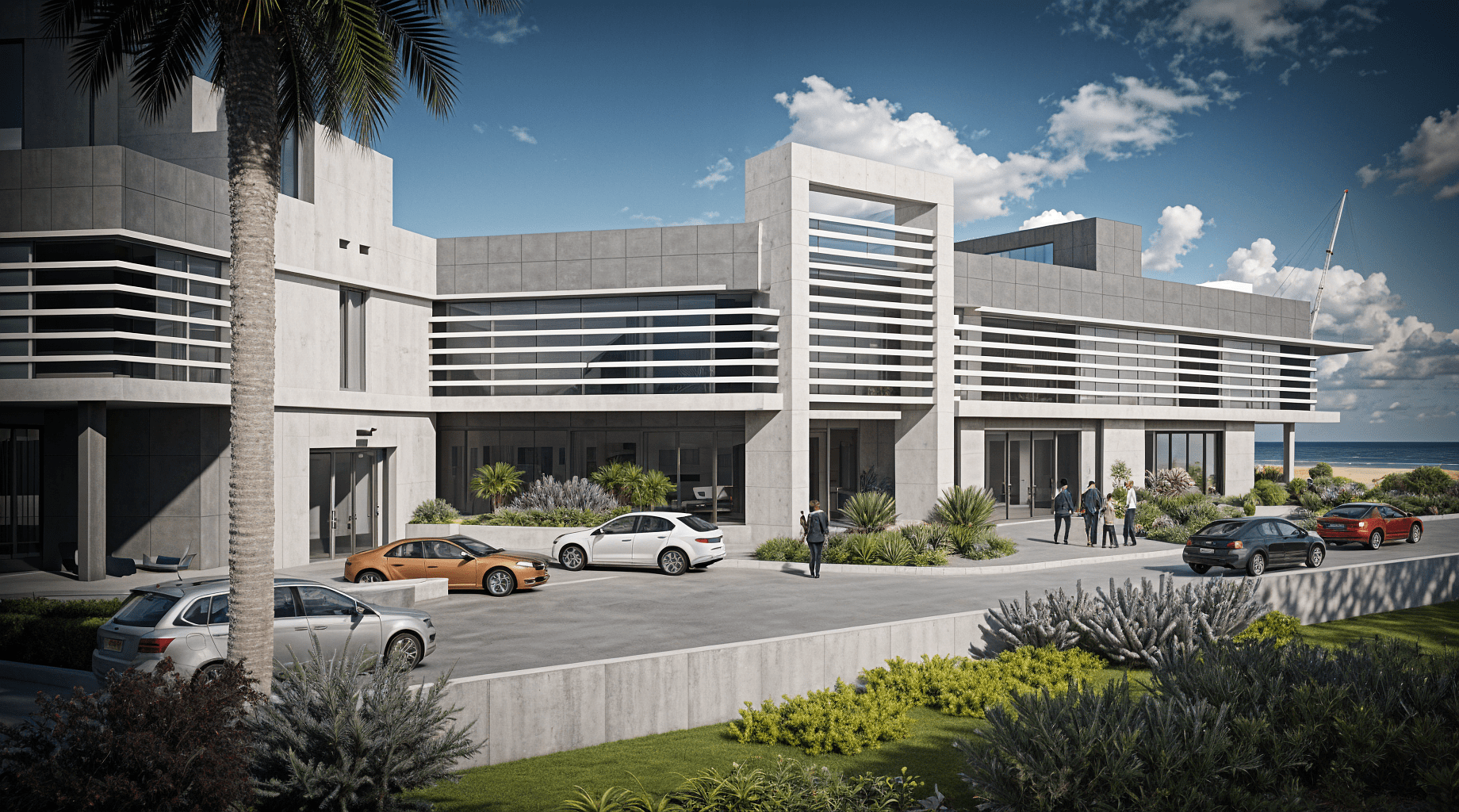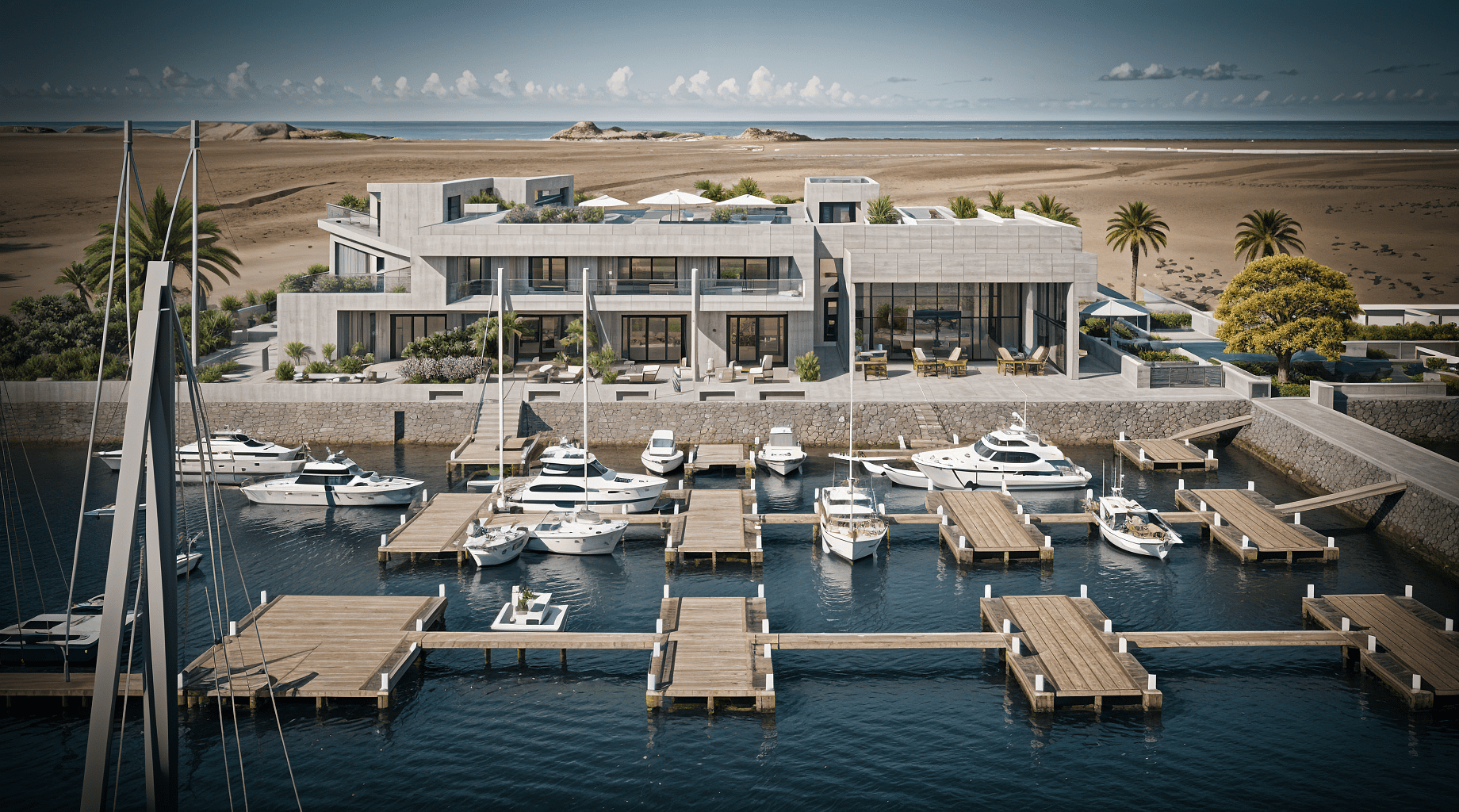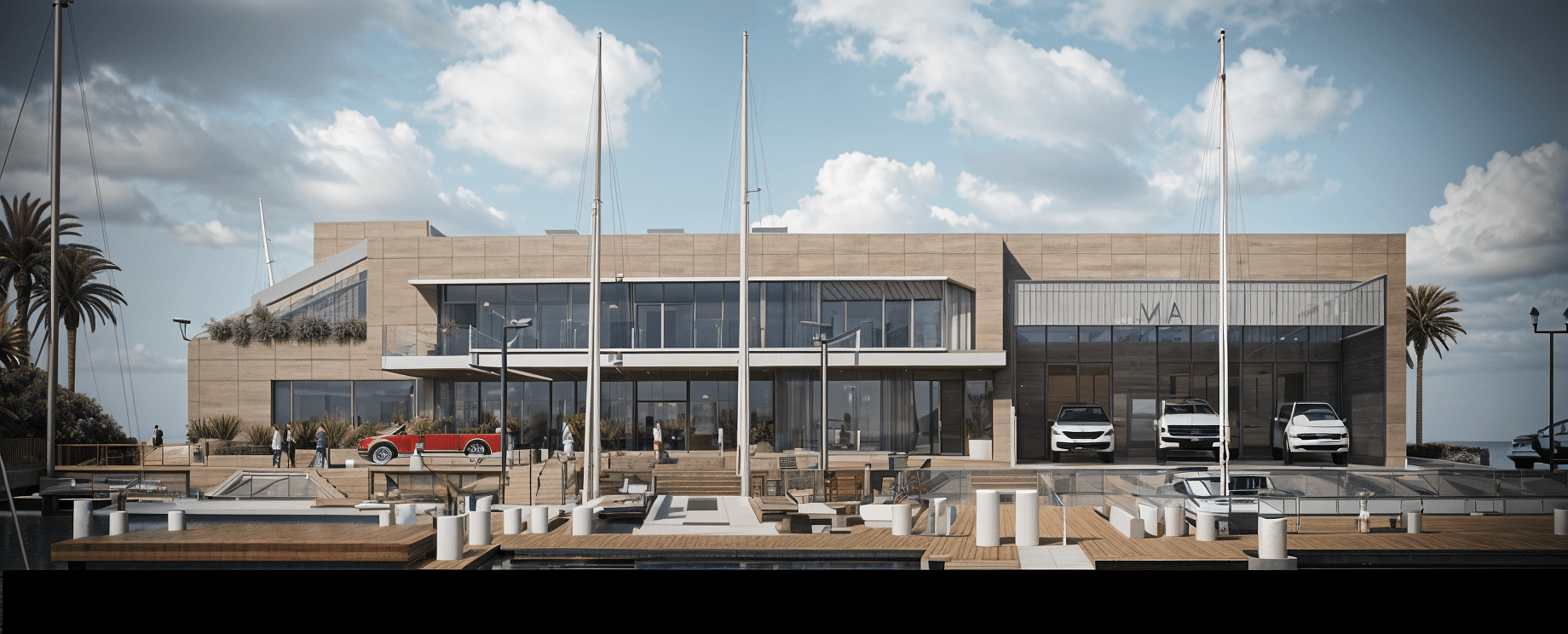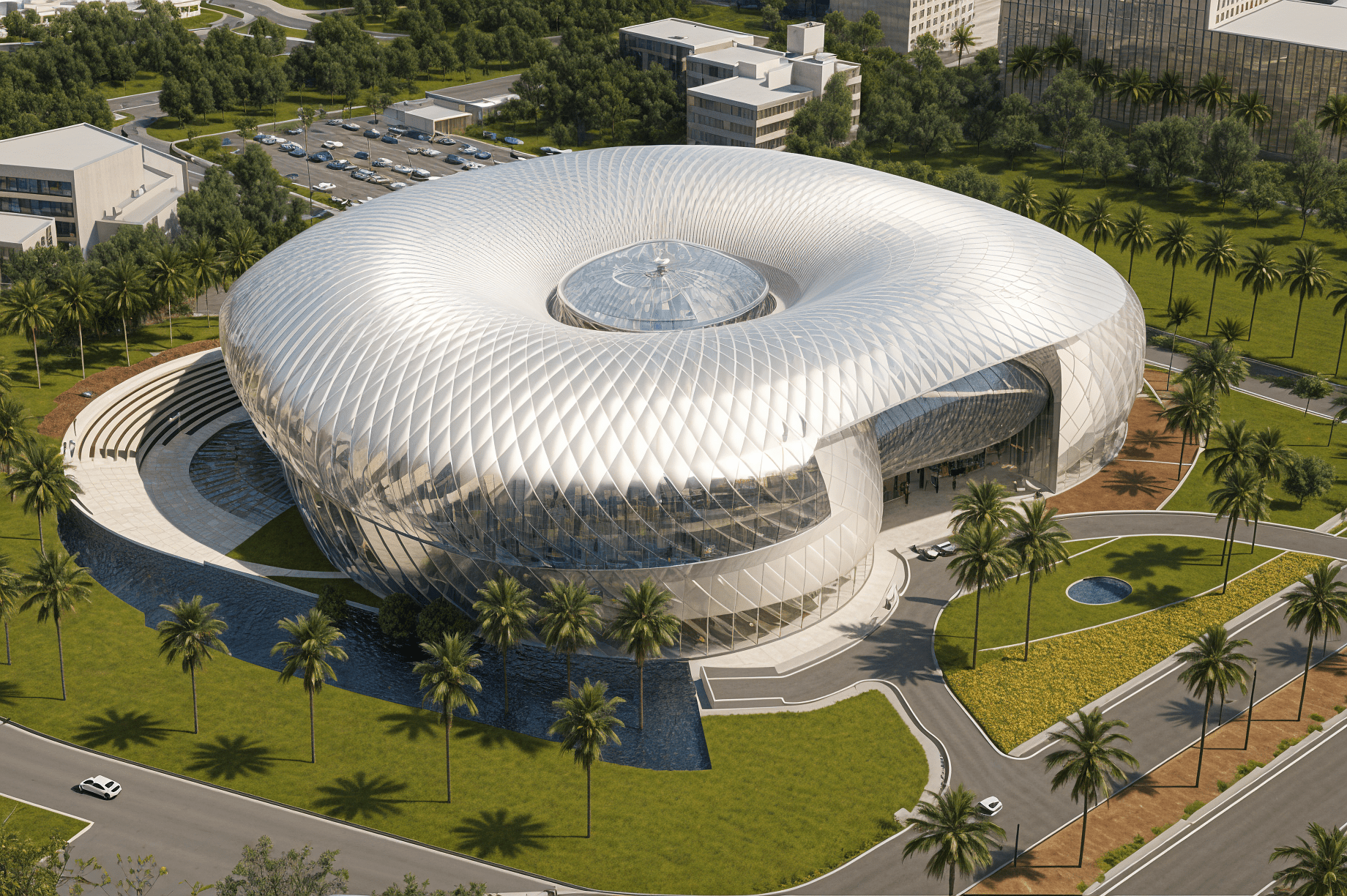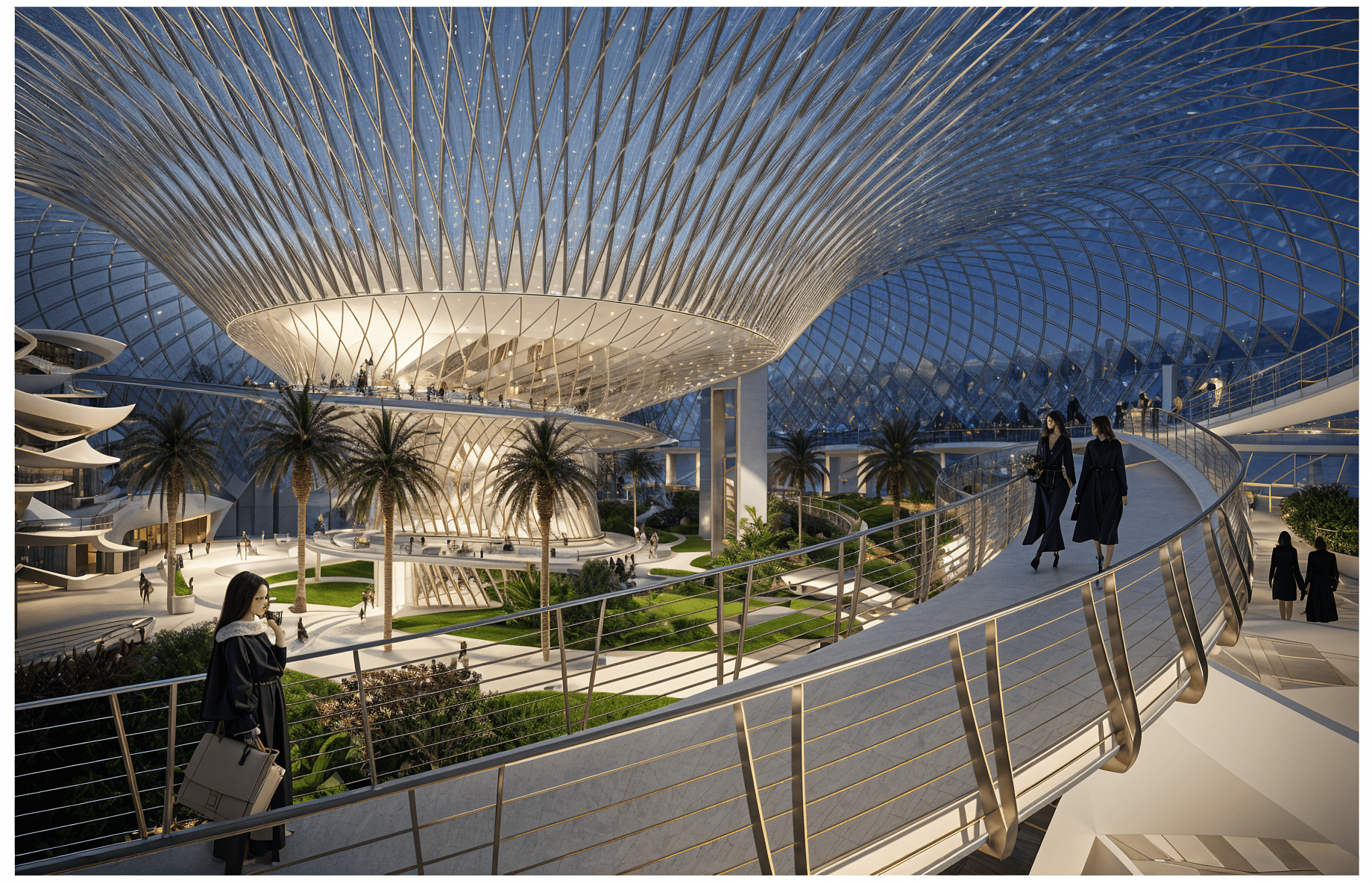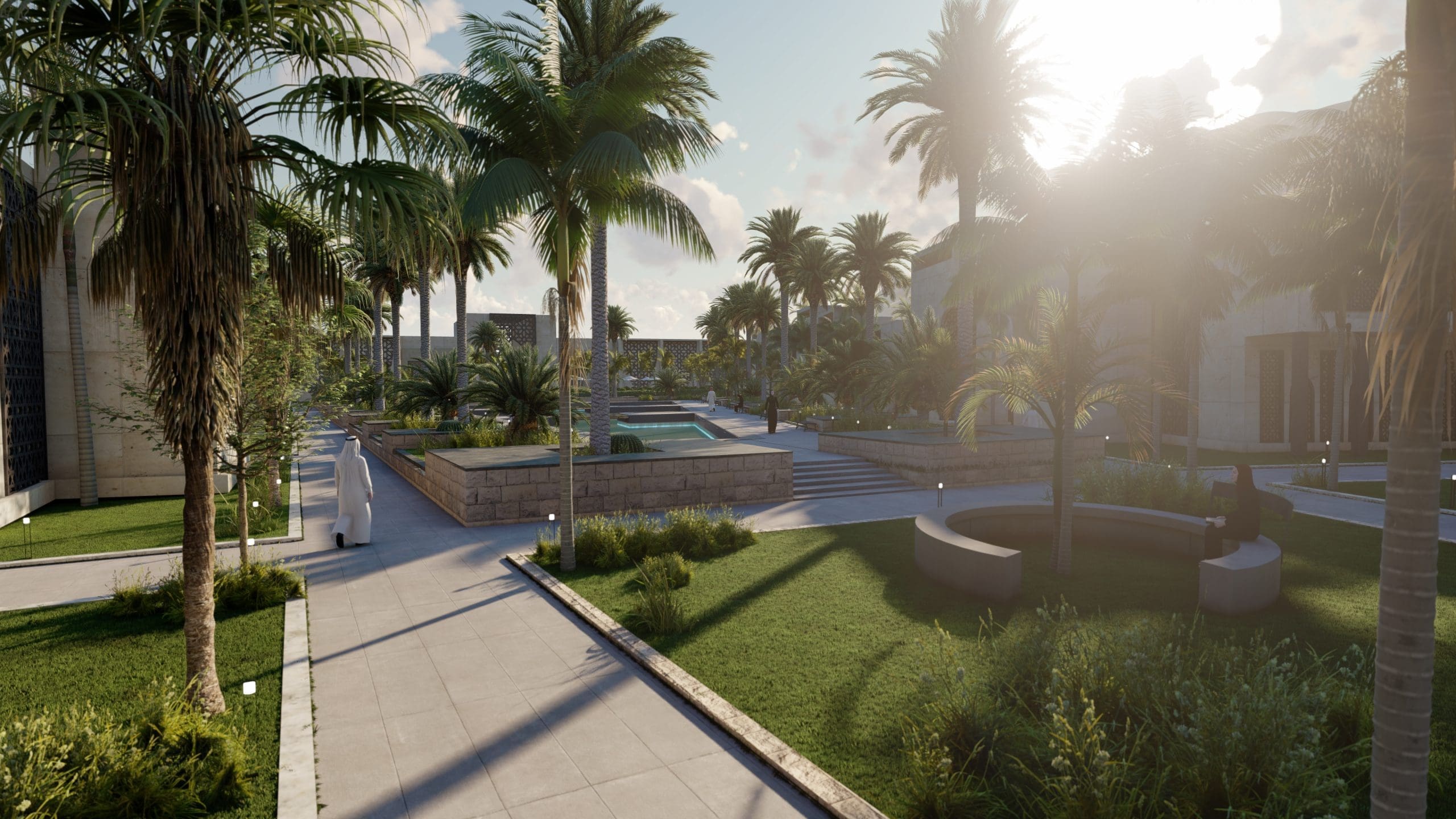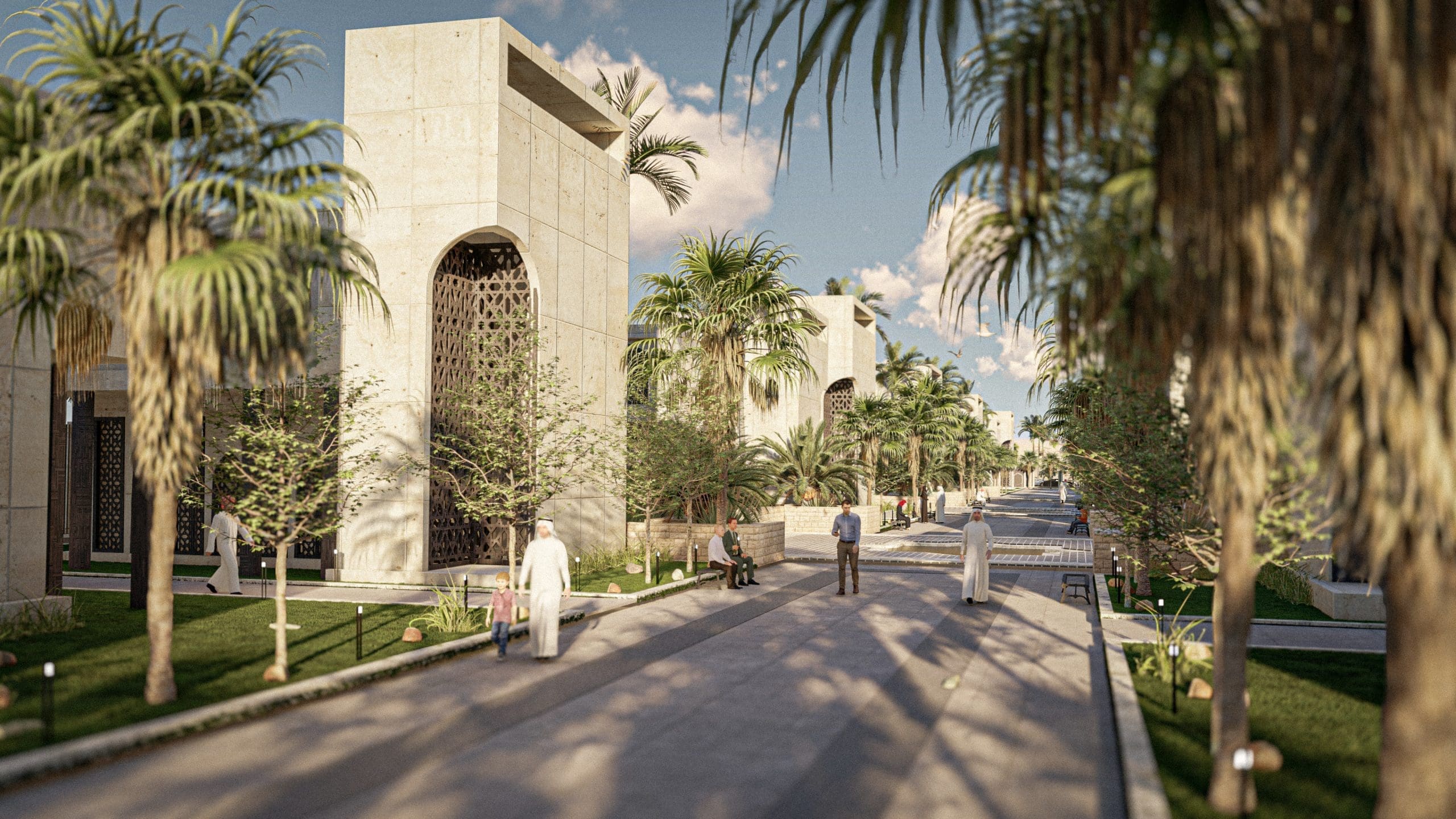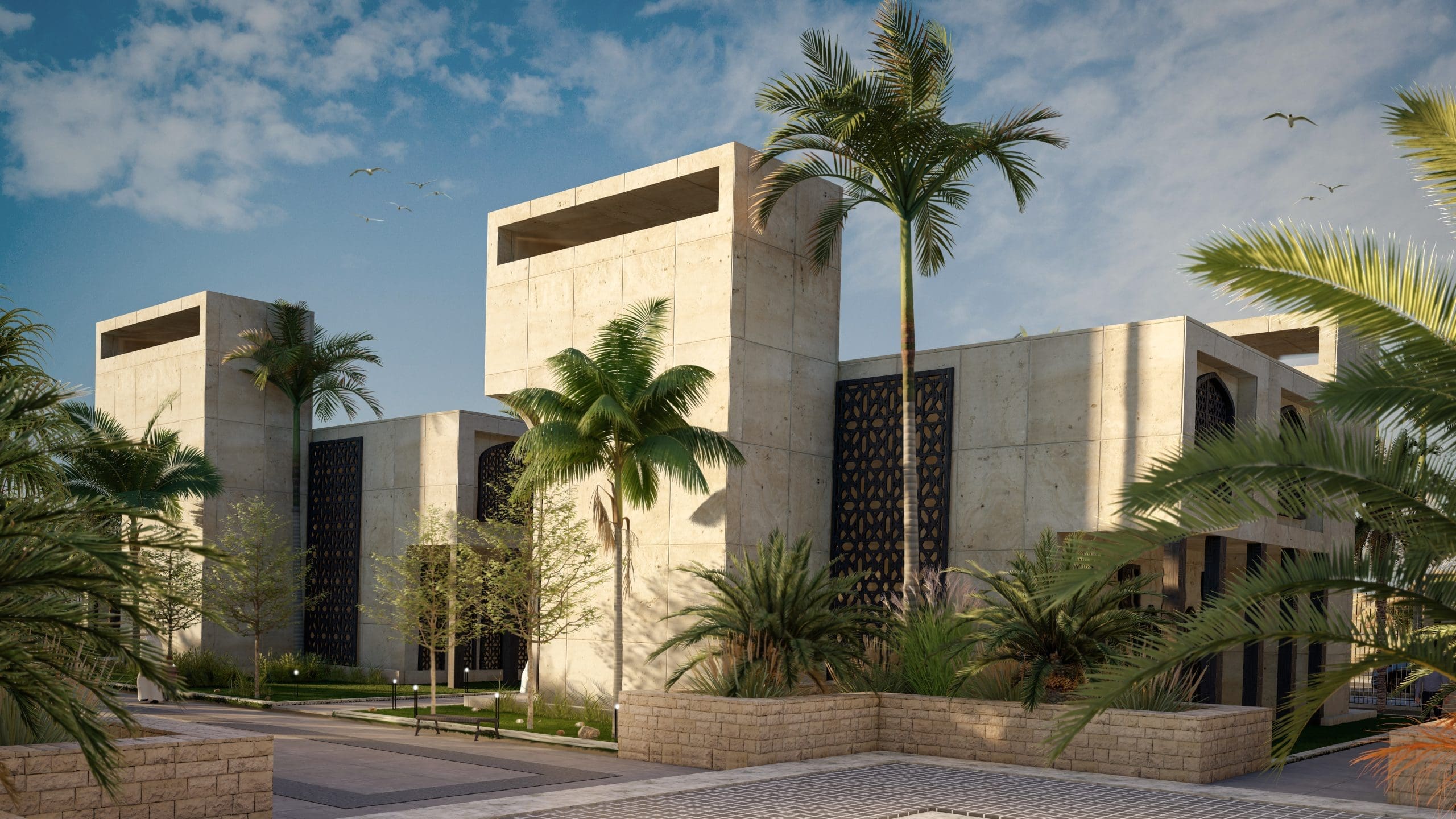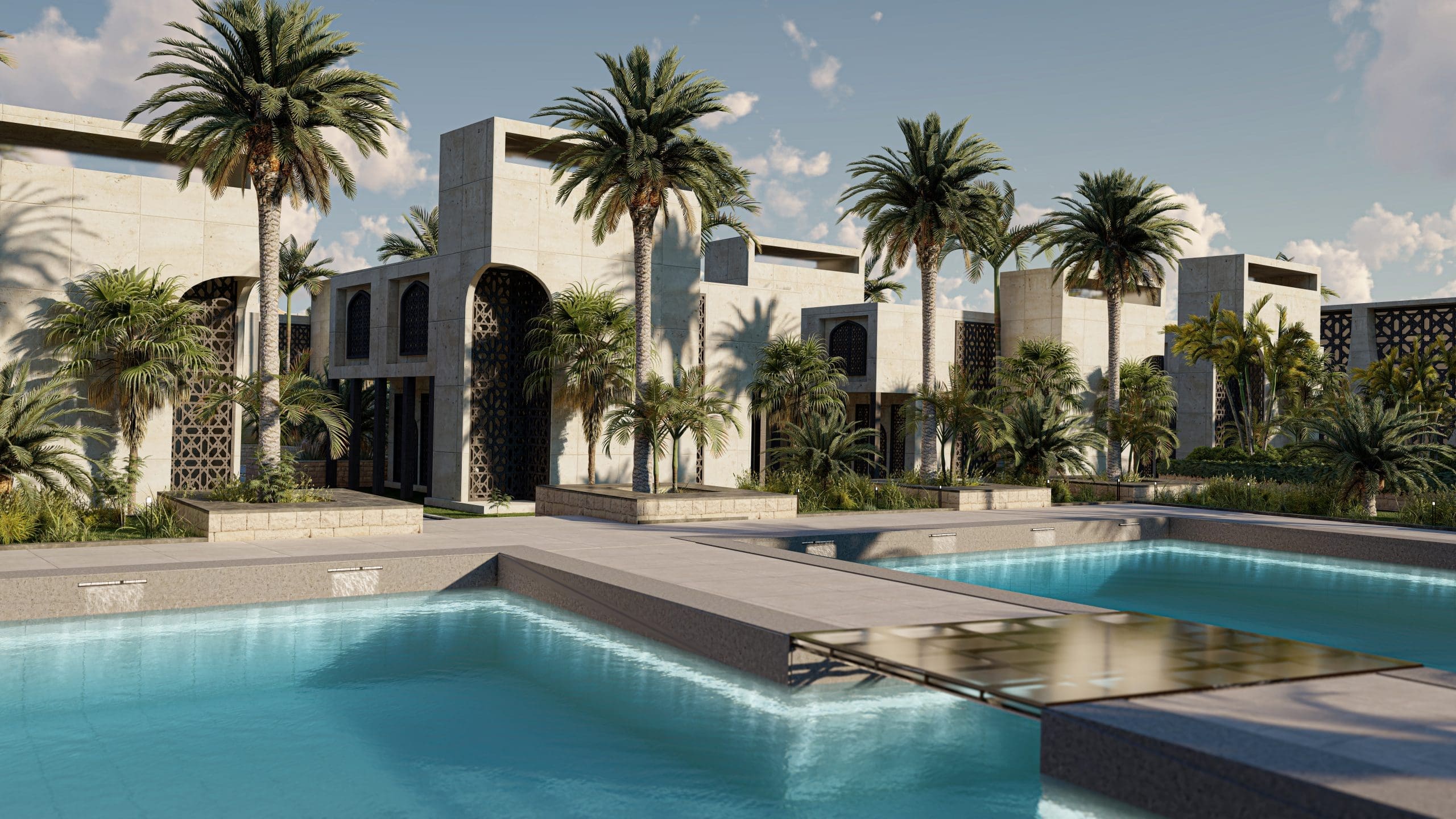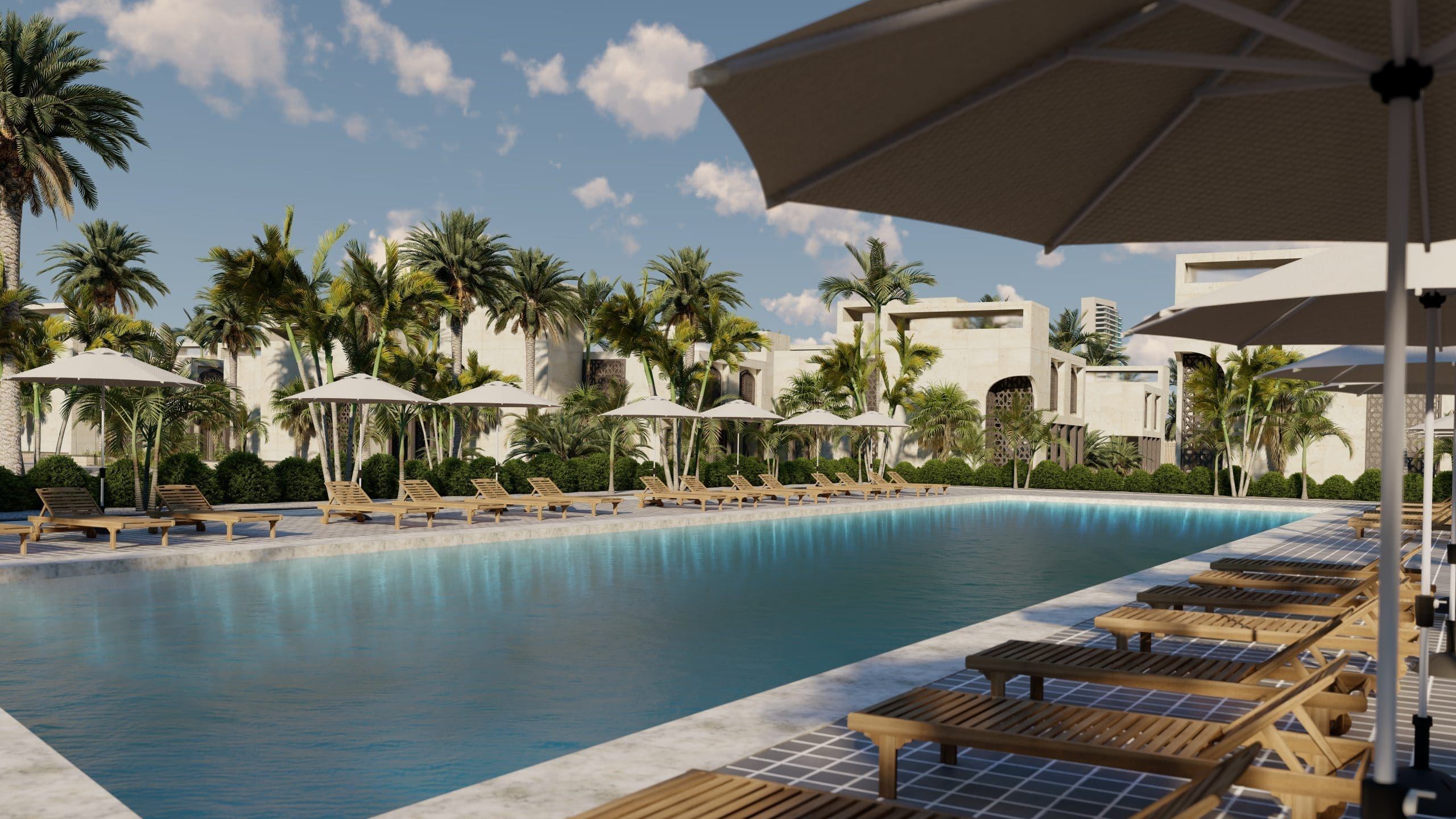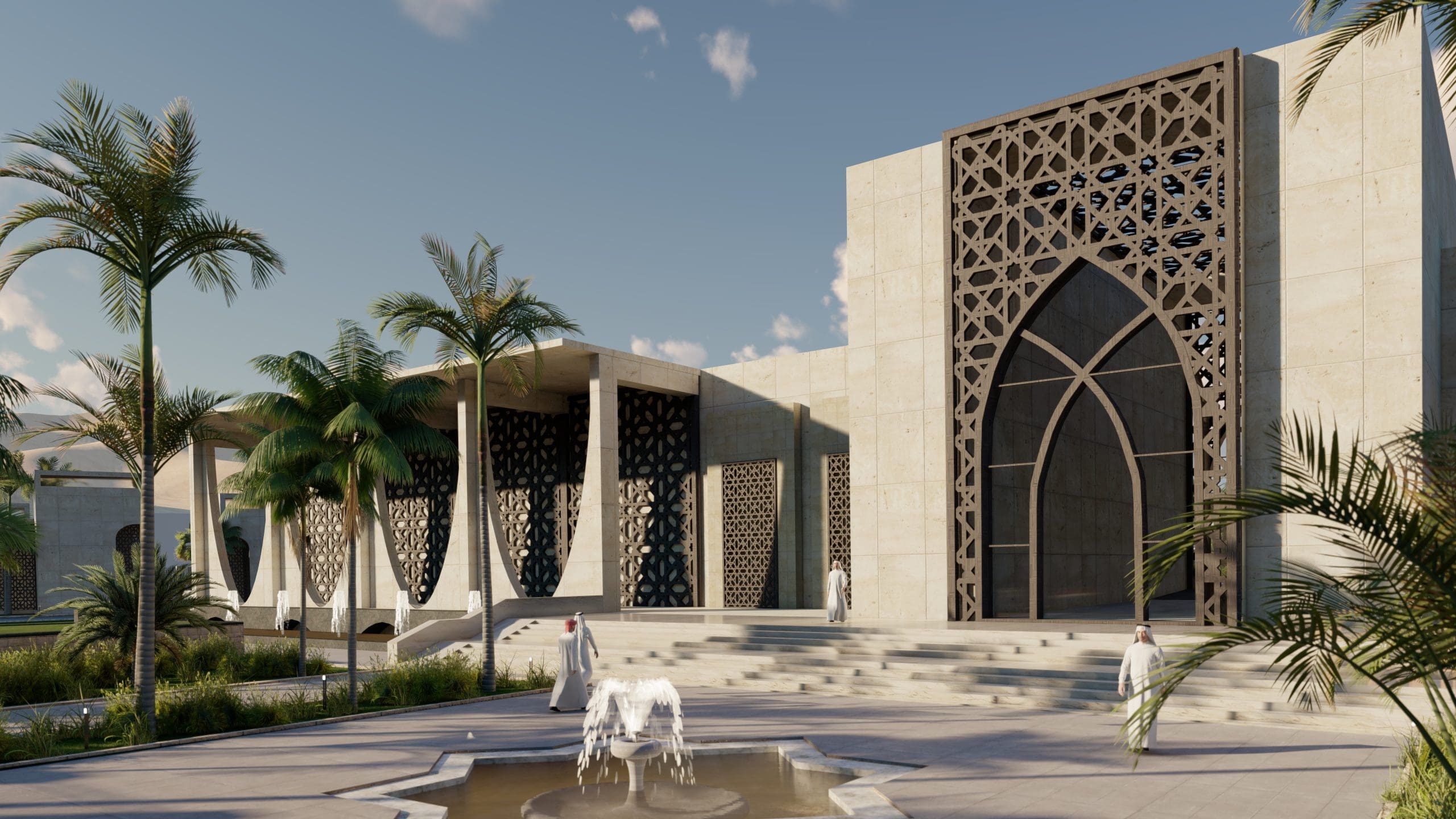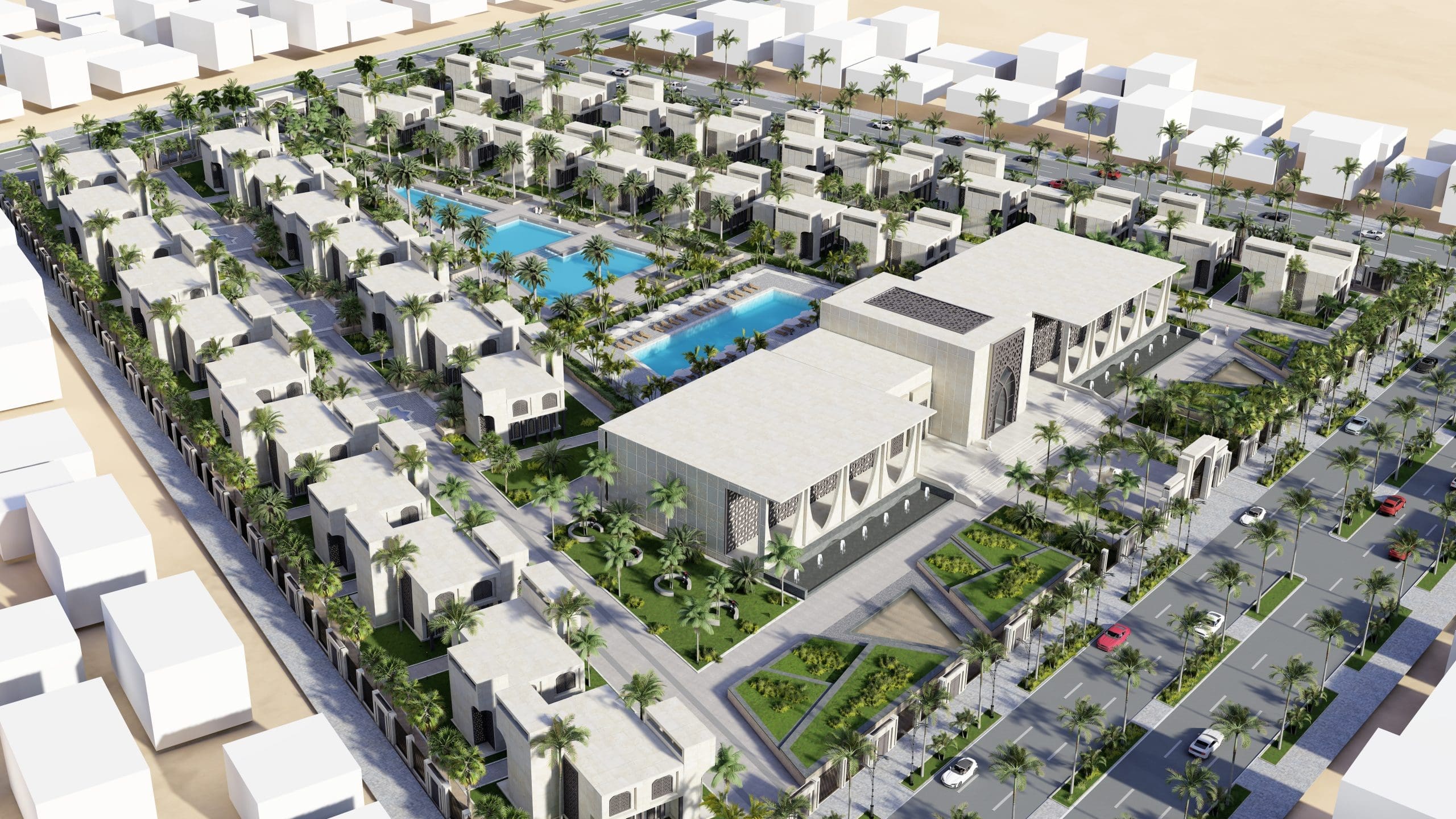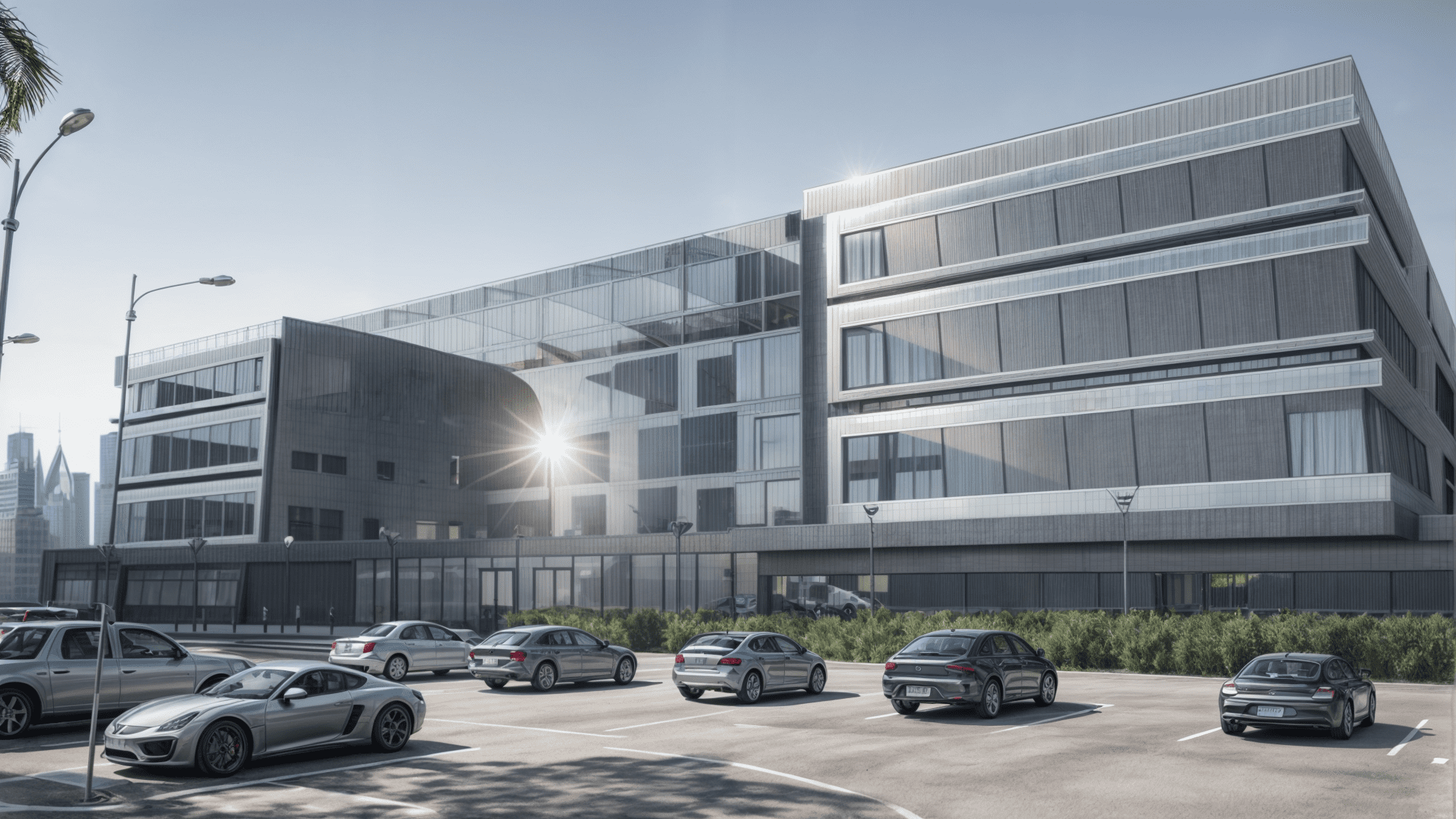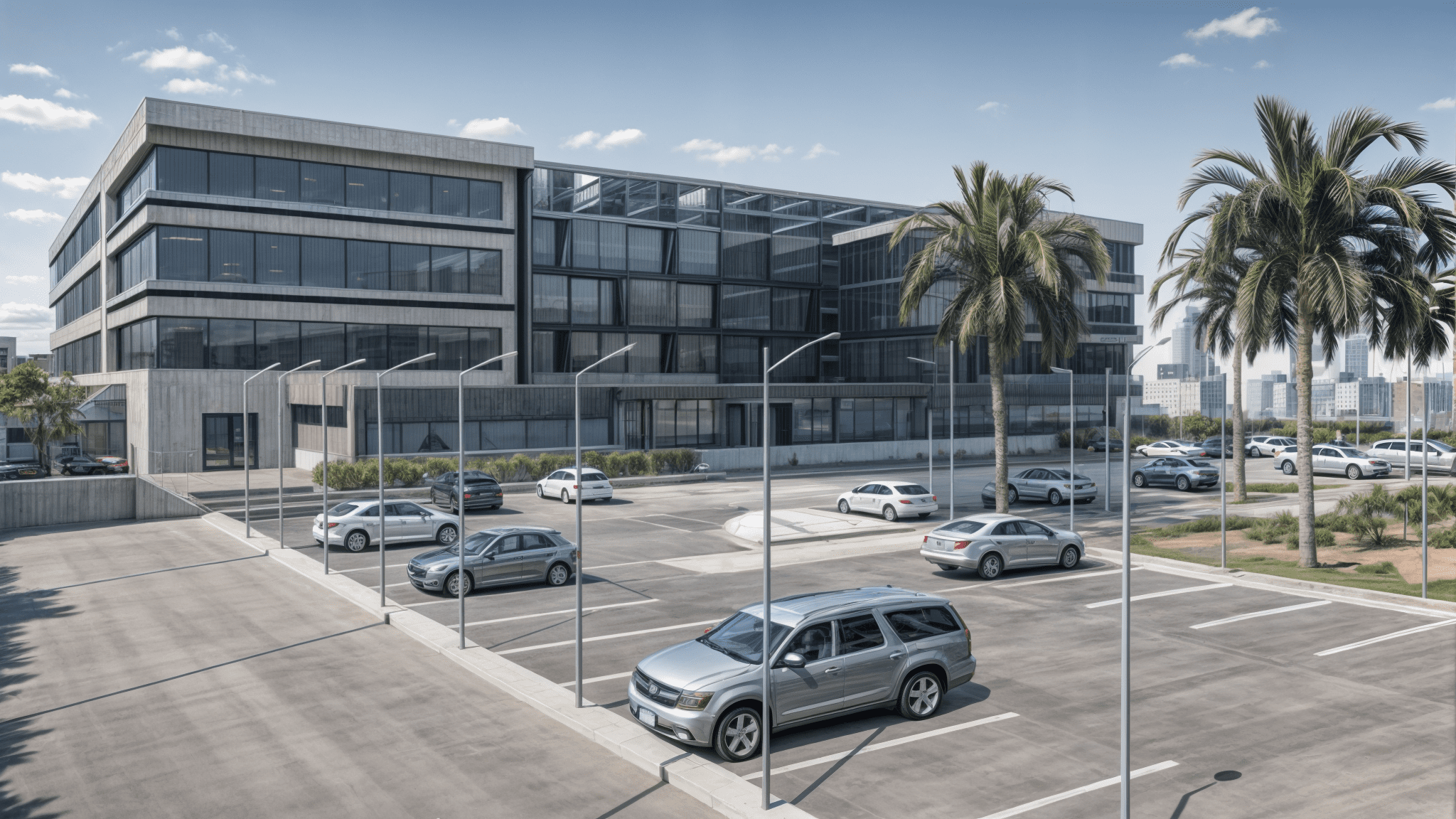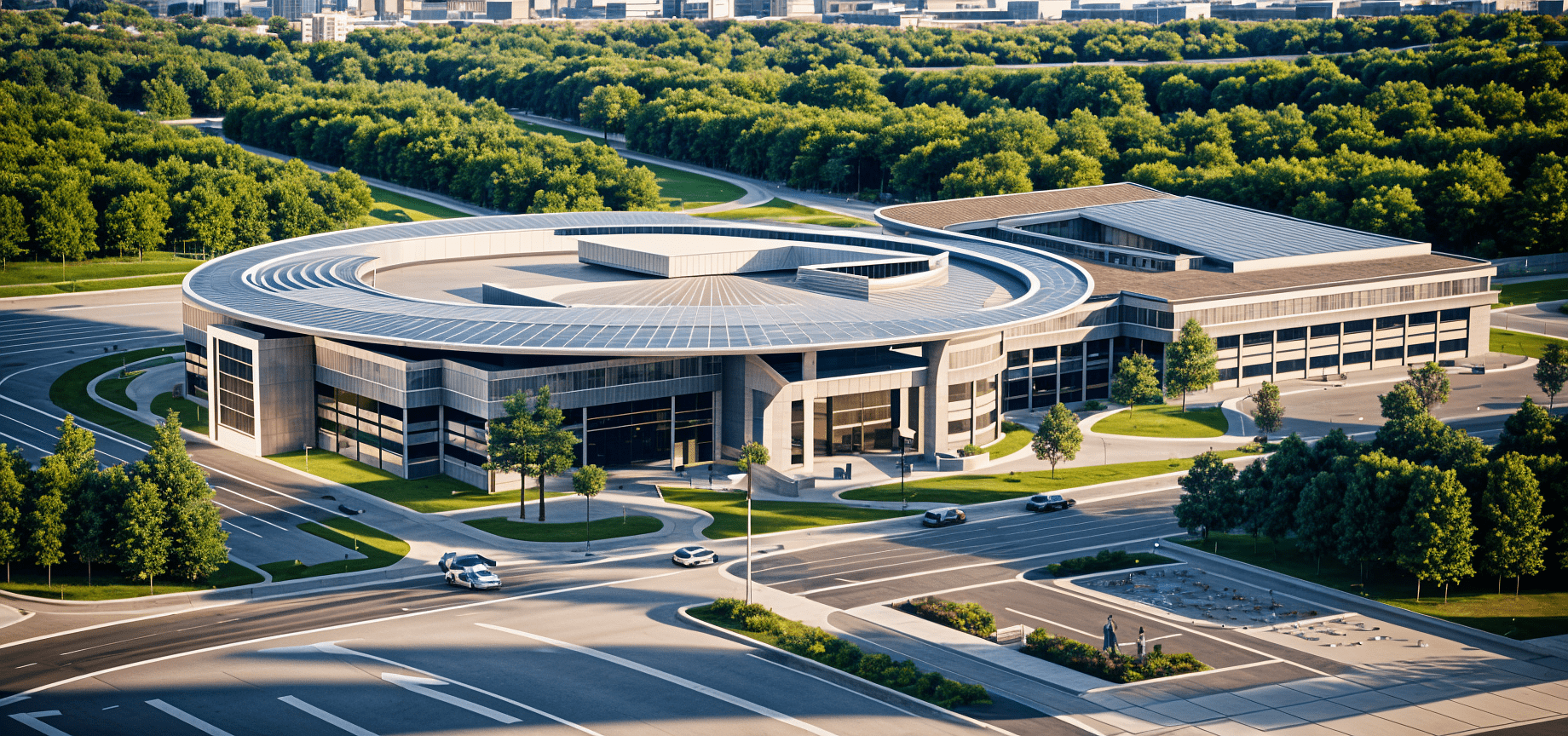Trends Shaping the Future of Design: A Comprehensive Overview
In the fast-evolving realm of design, staying ahead of the curve is crucial. From user-centered design to cutting-edge technologies like AR and VR, the design landscape is undergoing exciting transformations. Let’s delve into some of the key trends that are shaping the future of design.
User-Centered Design:
User experience (UX) and user interface (UI) design remain paramount in creating intuitive, user-friendly interfaces. Designers are committed to delivering seamless experiences across a multitude of platforms and devices, ensuring that users can effortlessly navigate and interact with their products.
Minimalism and Simplification:
Minimalist design continues to reign supreme, with its clean lines, generous white space, and emphasis on simplicity. The trend towards decluttered and streamlined design persists, prioritizing clear communication and establishing a visual hierarchy that guides users through content effortlessly.
Augmented Reality (AR) and Virtual Reality (VR):
AR and VR technologies are revolutionizing various design disciplines, from architecture to product design and gaming. Designers are pushing boundaries, exploring novel ways to create immersive experiences and interactions that redefine the boundaries between the physical and digital worlds.
Data Visualization:
As the volume of available data continues to surge, the importance of effective data visualization has never been more critical. Designers are innovating, and devising visually captivating ways to present complex information. By making data more accessible and comprehensible to a broader audience, they’re unlocking new possibilities for understanding and decision-making.
Inclusive Design:
Inclusivity and diversity are taking center stage in design. Inclusive design aims to create products and experiences that cater to people of all abilities, ages, and backgrounds. By ensuring that everyone can access and use their products, designers are contributing to a more inclusive and equitable digital landscape.
Emotional Design:
Creating meaningful connections with users has become a cornerstone of modern design. Designers are employing emotional design techniques, leveraging color psychology, storytelling, and compelling visuals to engage users on a deeper, more personal level. This emotional resonance leads to stronger brand loyalty and user satisfaction.
Design Systems:
Design systems offer a structured approach to design, providing a comprehensive set of guidelines, components, and patterns. They ensure consistency and efficiency in design workflows, allowing for seamless experiences across different platforms. By maintaining visual coherence, design systems facilitate a unified and memorable user experience.
The future of design is an exciting landscape of innovation and creativity. From prioritizing user needs to embracing new technologies like AR and VR, designers are at the forefront of shaping how we interact with the digital world. By incorporating these trends into their practices, designers are not only creating visually stunning products but also crafting experiences that leave a lasting impact on users. Stay tuned for what the future holds, as the design world continues to evolve and inspire.

